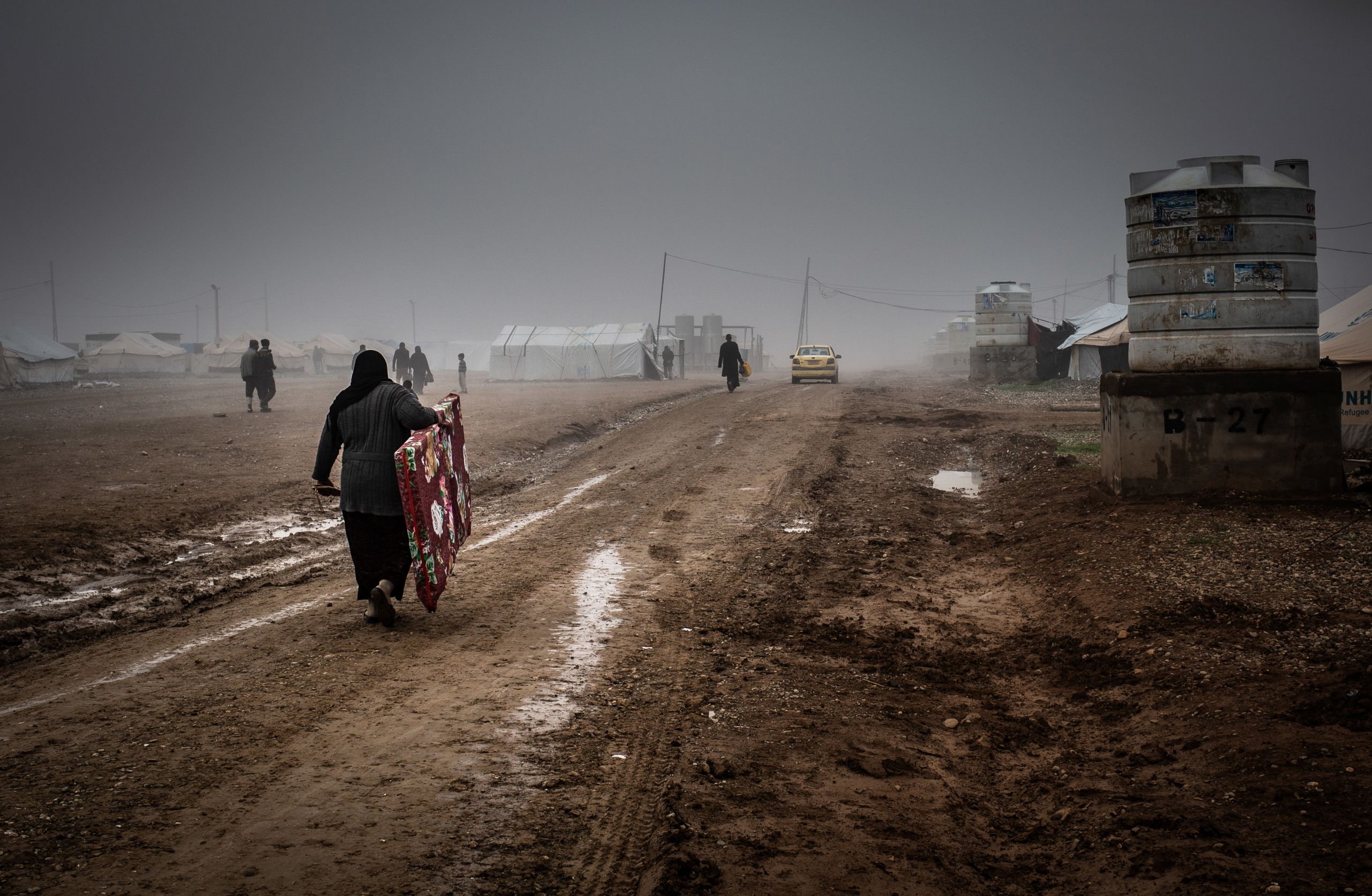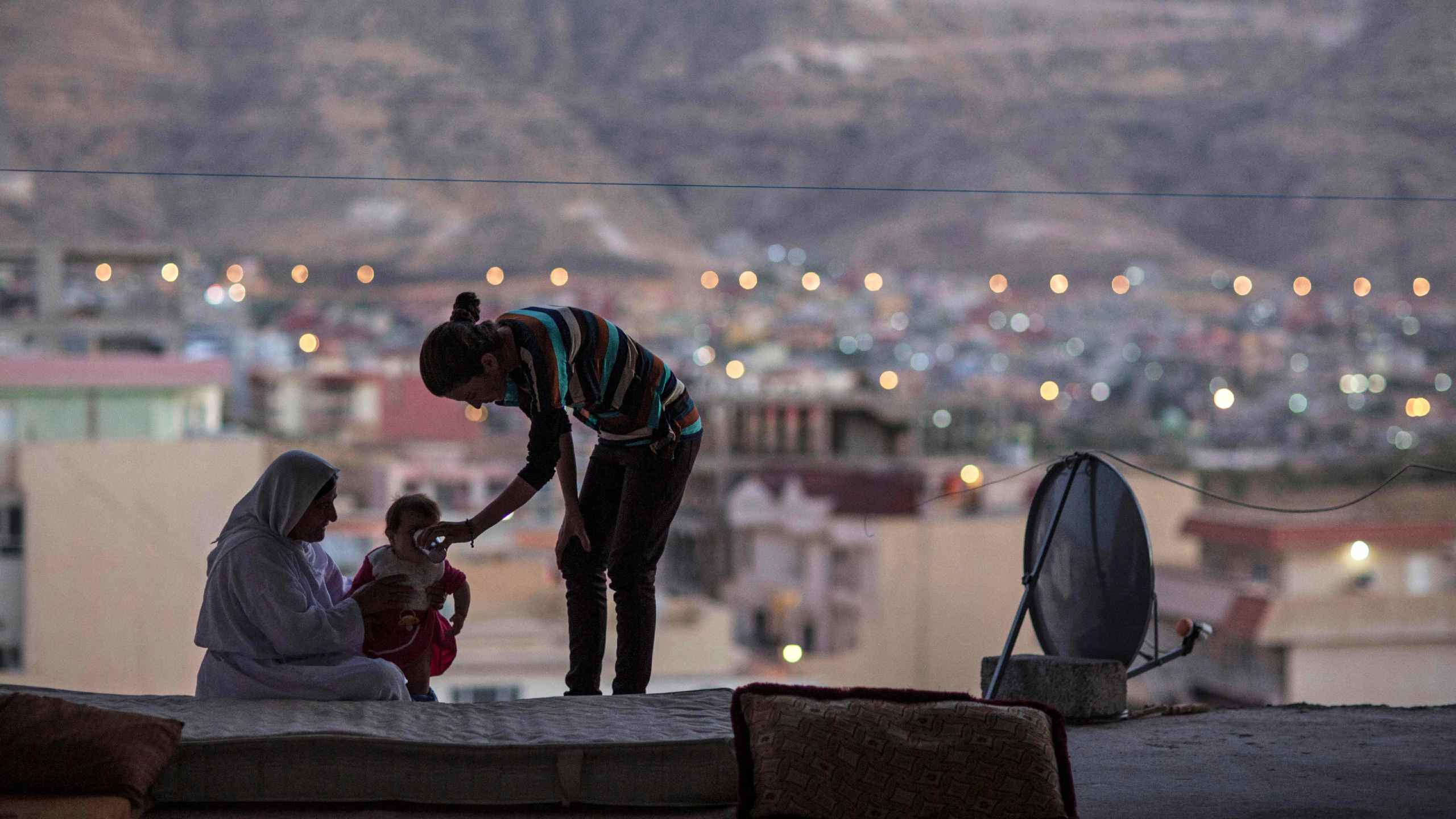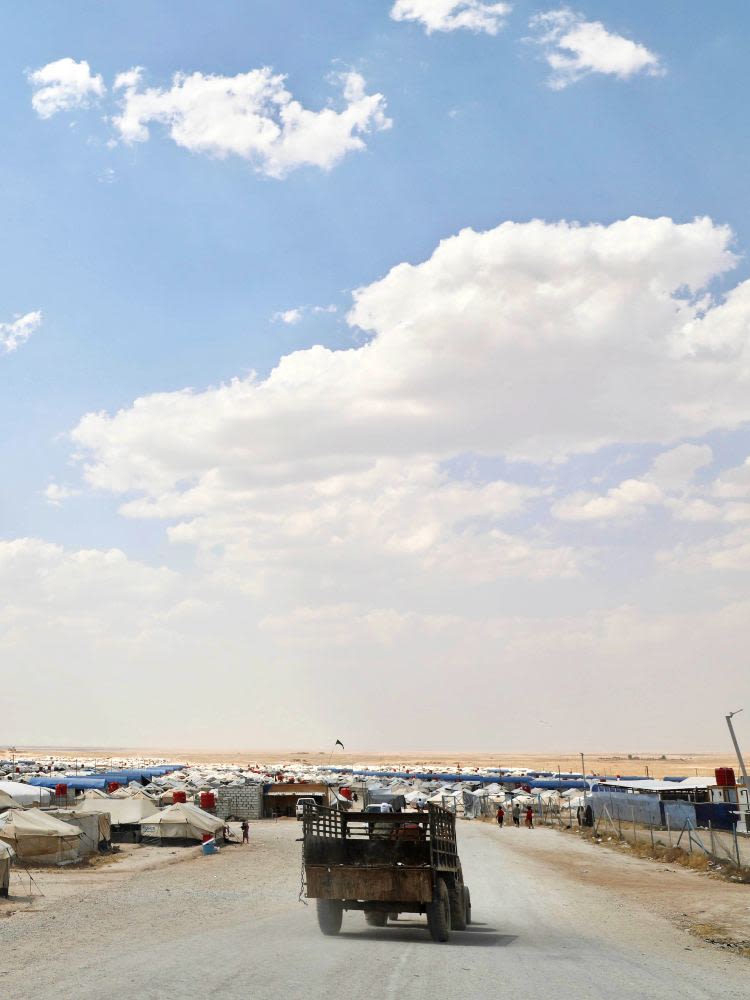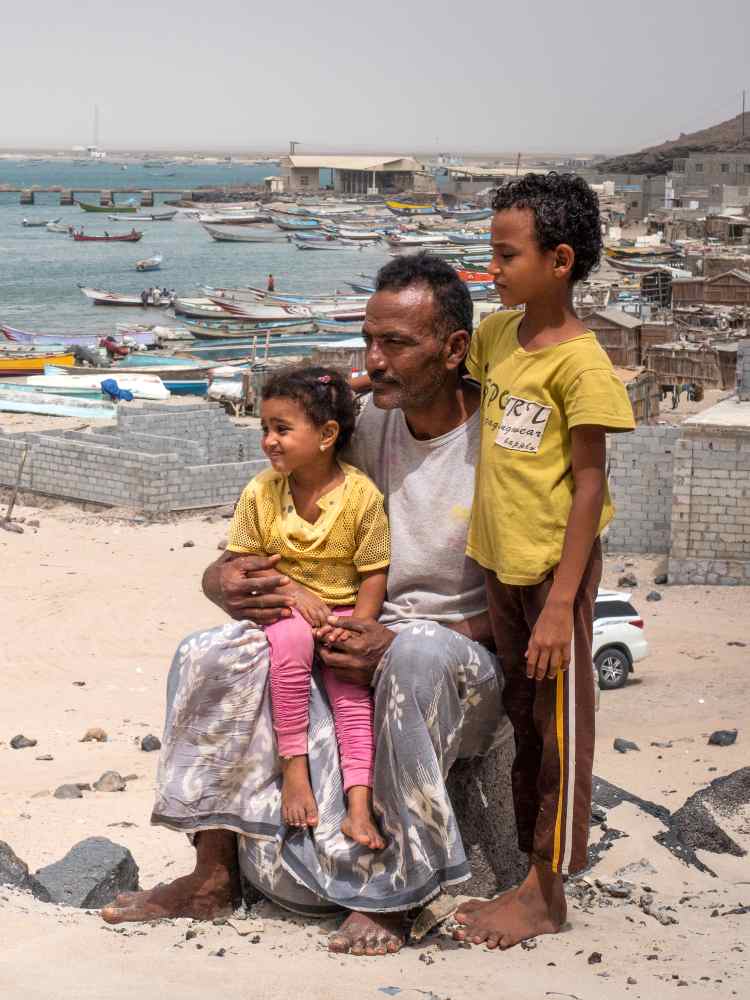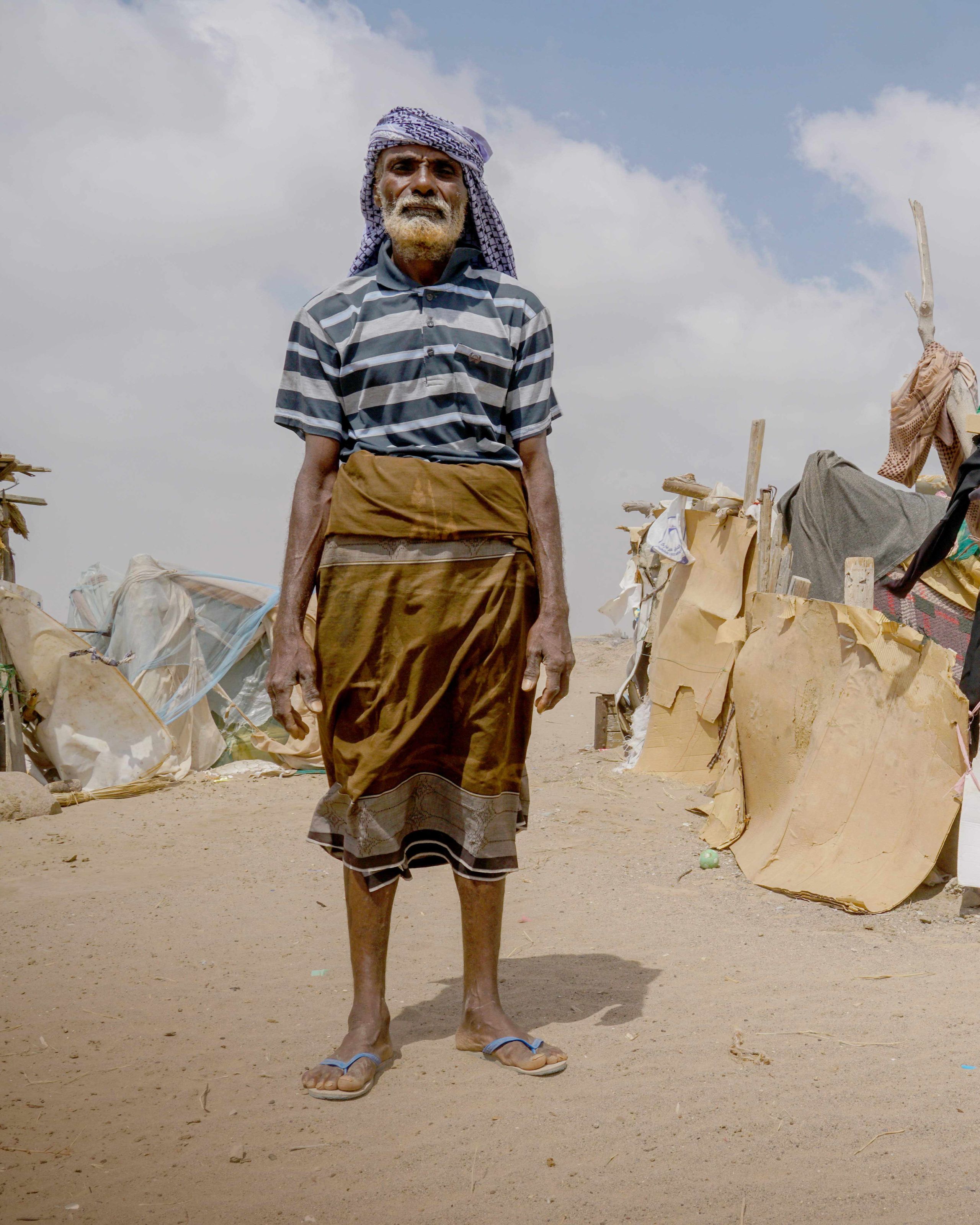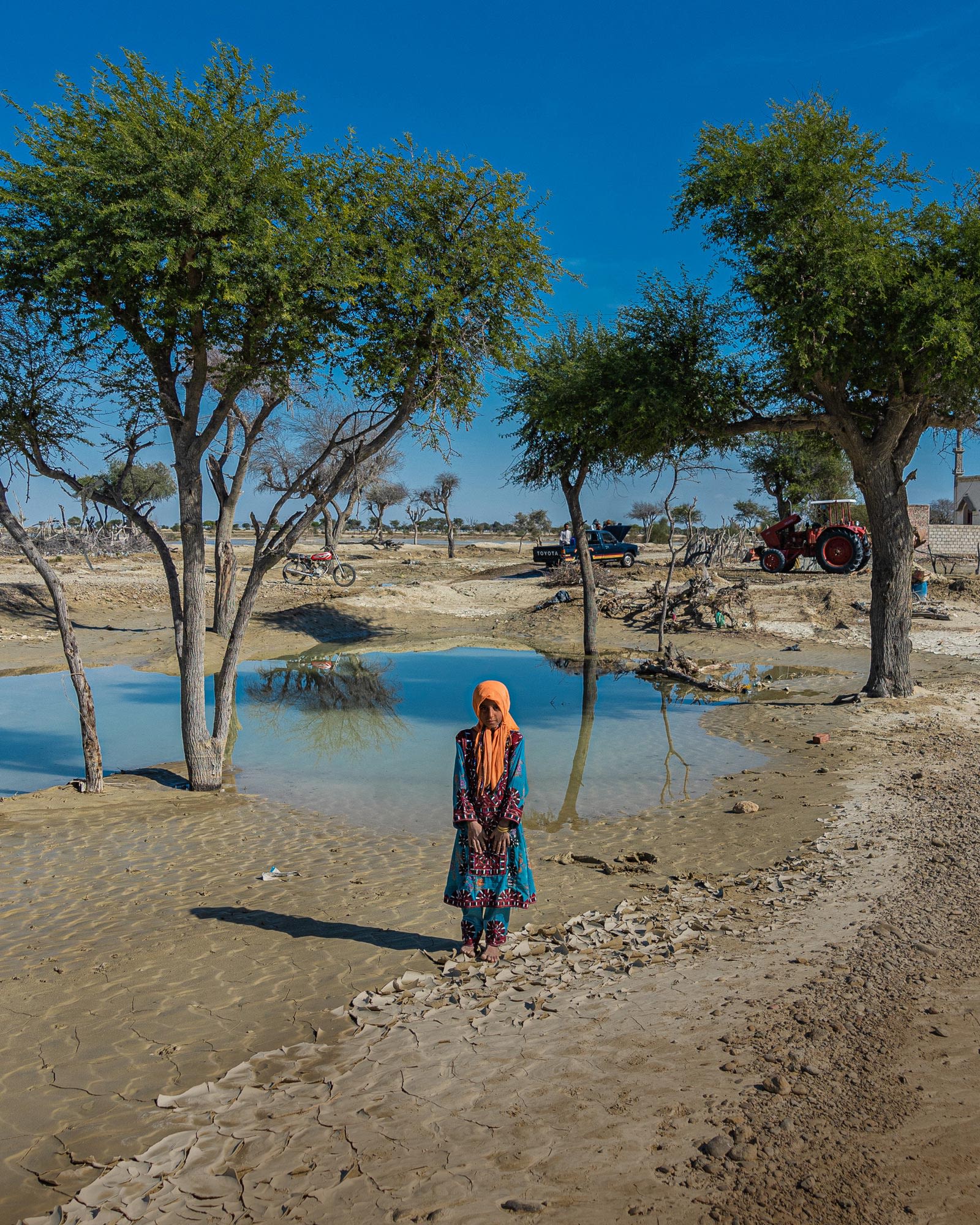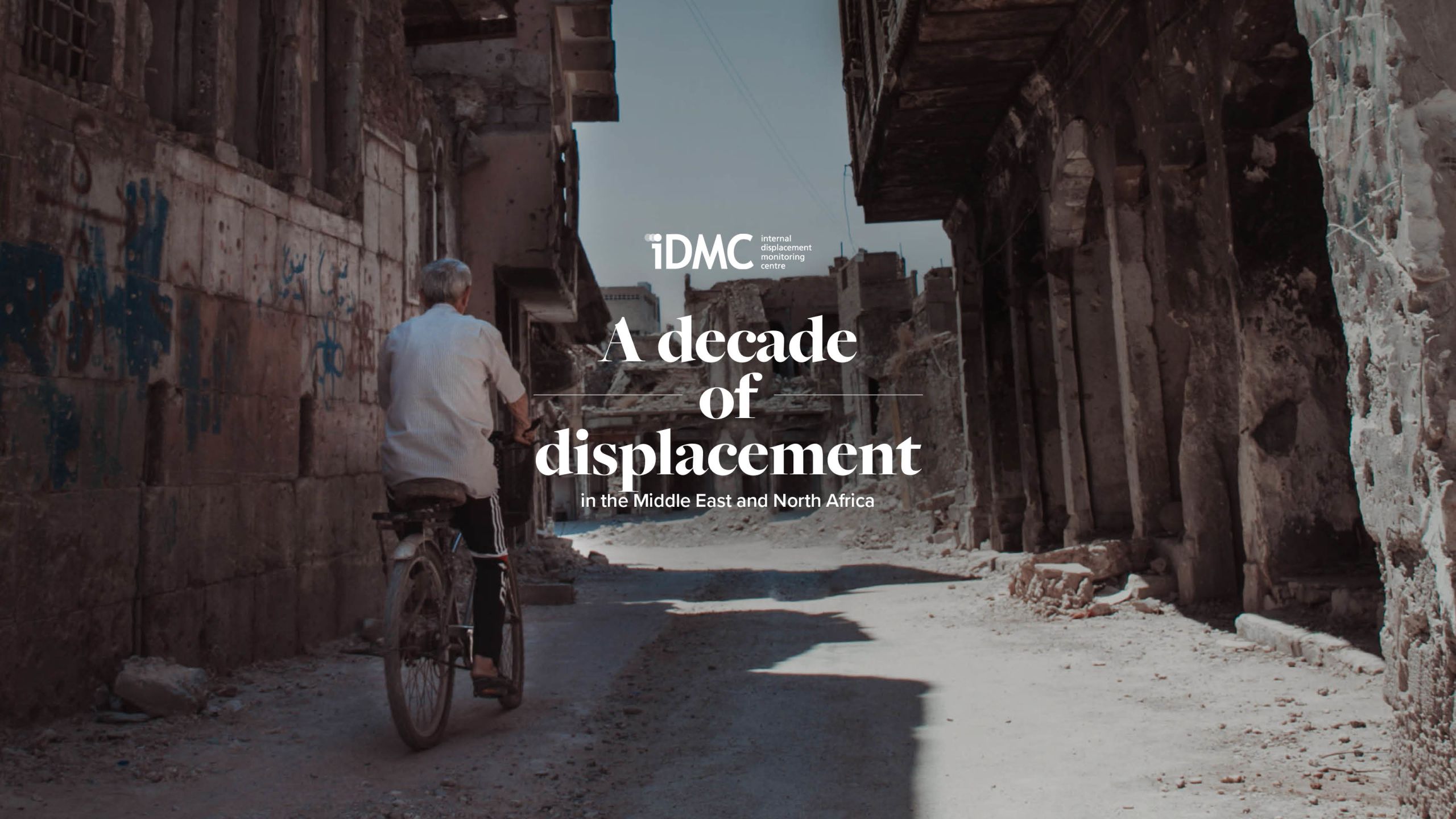
On 17 December 2010, a young vendor of fruits and vegetables in Sidi Bouzid town, Tunisia set himself on fire after the police confiscated his merchandise. Several weeks of demonstrations followed, led mostly by young people, against corruption, unemployment, police repression and inequality. The wave of protests then spread across almost every country in the Middle East and North Africa (MENA) and became known as the Arab Spring.
The History Channel: Here's How the Arab Spring Started and How It Affected the World
Ten years later, several countries in the region are in turmoil. Yemen, Libya and Syria are devastated by nearly a decade of conflict. What seemed to be hope for a better future has quickly turned into a nightmare for people who have been forced into displacement and exile, still living in precarious conditions in displacement camps or in informal urban areas, knowing little but war.
Insecurity and conflict are not the only issues in the region that have made displacement cyclical and protracted in recent years. Disasters, often overlooked, also trigger new and secondary displacement and contribute to making it long lasting.
A displaced woman carrying a mattress in the muddy alleys of Hamam al Halil camp, Iraq. (Tom Peyre-Costa /NRC)
A displaced woman carrying a mattress in the muddy alleys of Hamam al Halil camp, Iraq. (Tom Peyre-Costa /NRC)
Buying and selling at the vegetable market in Benghazi, Libya. (UNOCHA/Giles Clarke)
Buying and selling at the vegetable market in Benghazi, Libya. (UNOCHA/Giles Clarke)
A displaced family in Dahuk, Iraq in the run-up to winter. (OCHA/Iason Athanasiadis)
A displaced family in Dahuk, Iraq in the run-up to winter. (OCHA/Iason Athanasiadis)
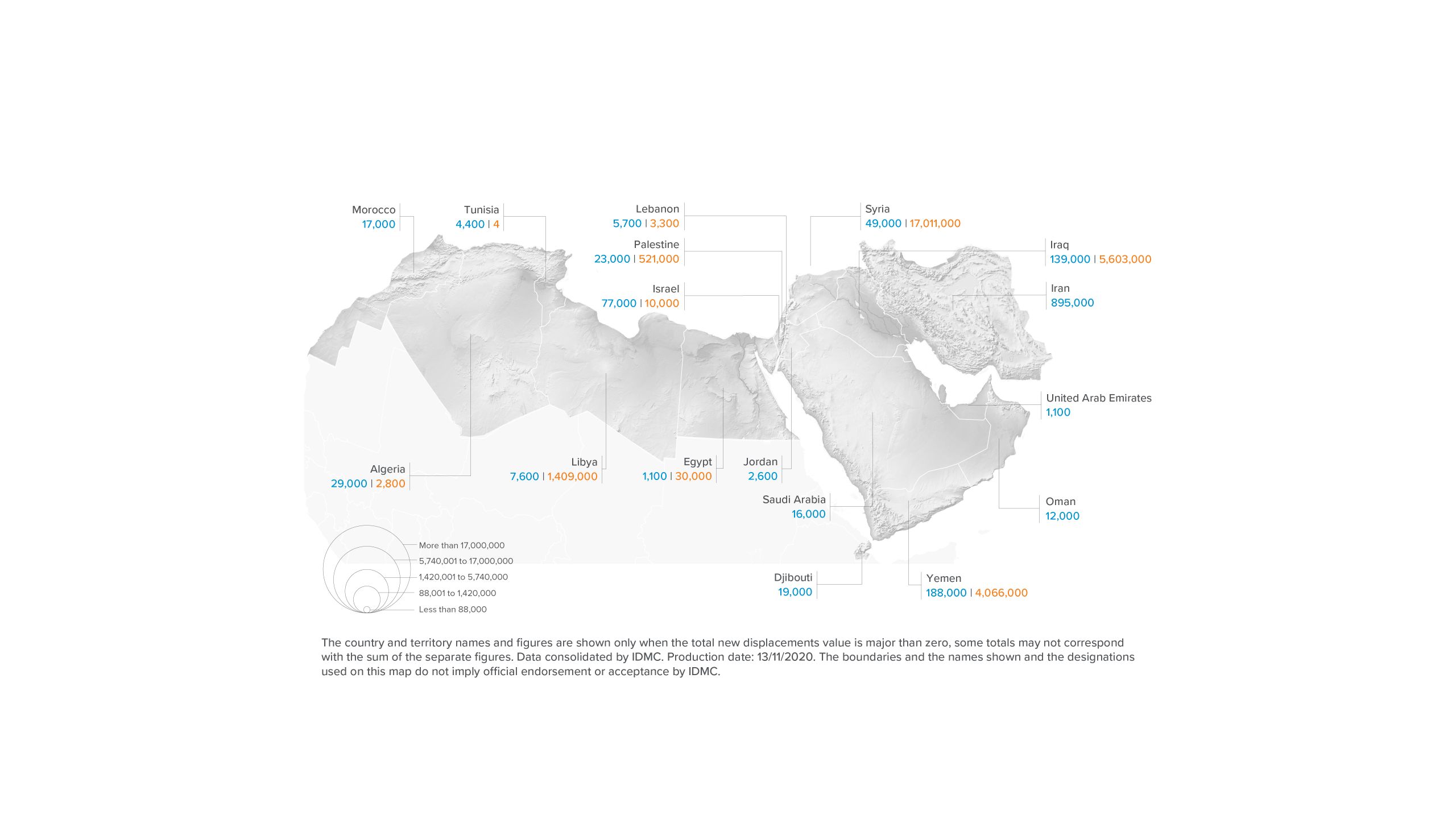

The Arab Spring led to civil wars that together triggered an average of 2.9 million new internal displacements a year.
That’s a third of the global figure recorded between 2010 and 2019.
Across the region, displaced people are facing high levels of food insecurity and limited access to services and livelihood opportunities.

A region in crisis
Safety and security and constraints on movement continue to keep internally displaced people (IDPs) from achieving durable solutions. Entire families flee and return with the ebb and flow of violence. Widespread destruction of urban infrastructure and unexploded ordnance are key obstacles for return.
Some IDPs have returned to their home areas near the frontlines because of the high costs associated with their displacement. For others, returning may mean going back to a damaged or destroyed house. This has put the brakes on the reactivation of local economies.
The prevalent insecurity, shrinking economies, unavailability of basic services, and interference of foreign actors mean that there is still far to go before many of the ongoing displacement situations are resolved. This is making IDPs’ prospects for solutions more elusive.
Repeated displacement is a reality across the region and illustrates the complexities of the convergence between disasters and conflict.
Recent floods in Yemen and Syria had a negative impact on IDPs who were sheltered in tents and informal housing that could not withstand the hazards. Repeated displacement is a reality across the region and illustrates the complexities of the convergence between disasters and conflict.
Across the region, displaced people are being left behind, and are facing high levels of food insecurity and limited access to services and livelihood opportunities. Entire communities are on the brink of famine, and the Covid-19 pandemic has heightened their vulnerabilities even further.
Lockdowns, movement restrictions and overall economic decline are hampering governments and the international community to respond to some of the world’s most acute humanitarian crises, let alone transition effectively towards longer-term development.
Al Hol camp, Syria is home to more than 70,000 people of which more than 90% are women and children. (OCHA/Halldorsson)
Al Hol camp, Syria is home to more than 70,000 people of which more than 90% are women and children. (OCHA/Halldorsson)
Because of the war in Yemen, fisherman Suleiman fled to Ras Emran (Aden) where he could continue the work that feeds his family. (Ingrid Prestetun/NRC)
Because of the war in Yemen, fisherman Suleiman fled to Ras Emran (Aden) where he could continue the work that feeds his family. (Ingrid Prestetun/NRC)
12.4 million people were still living in internal displacement as a result of conflict and violence at the end of 2019.
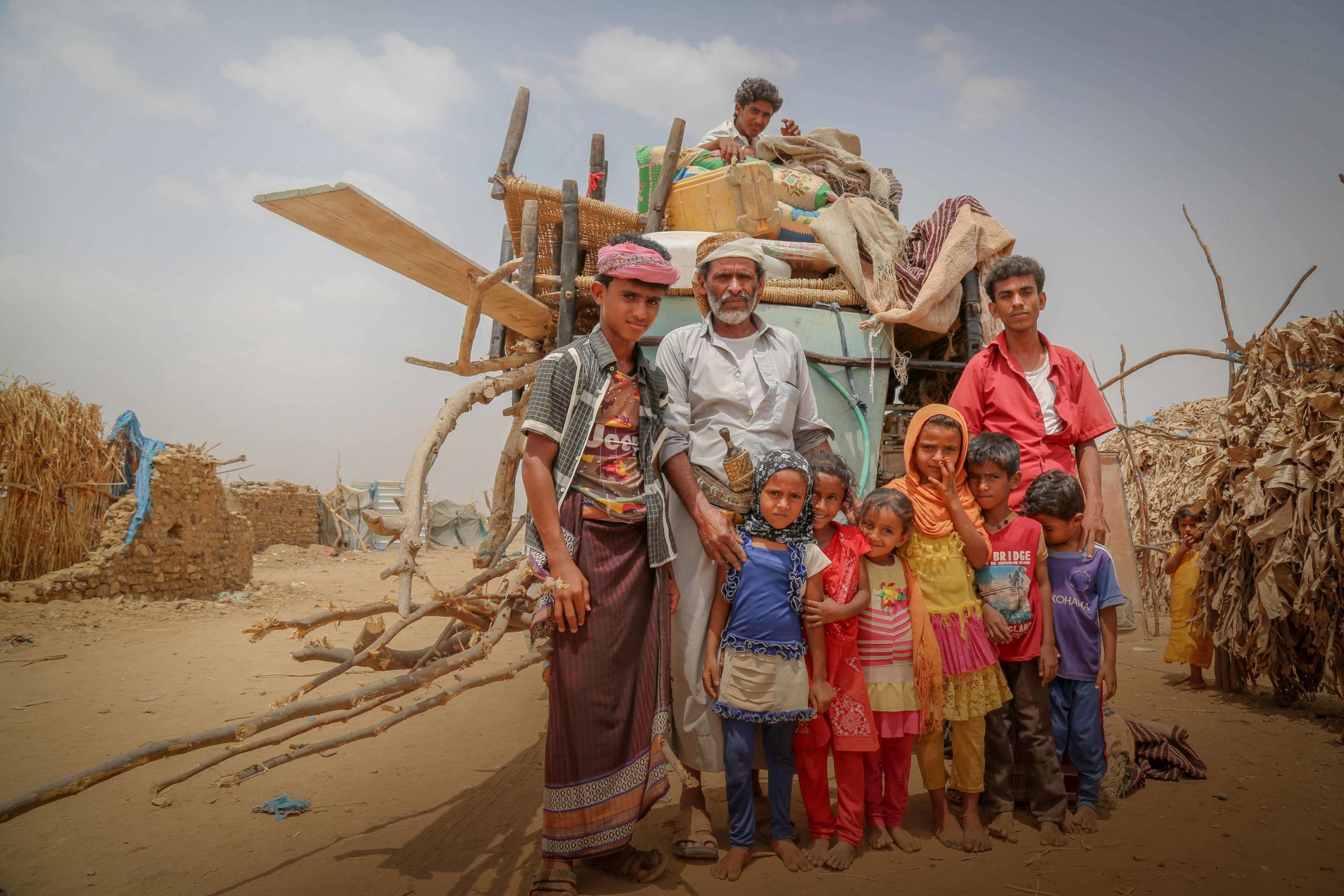
Displaced by conflict
The Arab Spring was the main trigger of Syria’s conflict, but evidence shows that an extended period of drought and the steady decline of the country’s economy were among the underlying factors that led to civil unrest in 2011. The conflict's toll on civilians has been unprecedented, and more than half of the country’s pre-war population has been displaced internally or across borders. As the conflict entered its tenth year, around 6.5 million people were living in internal displacement, the highest figure in the world.
Iraq has a long history of internal displacement, rooted in sectarian and ethnic tensions and fed by decades of dictatorship, conflict, a foreign invasion and more recently the war against ISIL. The rise and expansion of ISIL was marked by unprecedented levels of displacement. In 2014, around 20% of all new displacements globally were recorded in Iraq alone, and by 2015 more than 3.3 million people were internally displaced. Since 2016, local militias, the Iraqi army and international forces have successfully managed to contain the expansion of the group, and people have started to return home.
The humanitarian crisis in Yemen is one of the world's most acute, with nearly 80% of the population in need of assistance. Around 3.6 million people, or 12% of the population, were internally displaced as of the end of 2019. When former president Ali Abdullah Saleh was ousted during the Arab Spring after 22 years of rule, the Zaidi political and armed group Ansar Allah, also known as the Houthi movement, extended its influence across the country. Ansar Allah captured Yemen's capital and took over the government in 2014, triggering an international military response led by Saudi Arabia. The use of heavy weapons and airstrikes has destroyed housing and infrastructure on a broad scale, severely impacting cities such as Hodeida, Taiz and Aden. Since 2016, the total number of IDPs has increased every year. Disasters are displacing many for a second time, worsening the overall humanitarian situation.
In Libya, the Arab Spring incited an uprising against the four-decade long rule of Muammar al-Gaddafi, leading to civil war and international military intervention. Since the fall of Gaddafi in 2011, Libya has been embroiled in social division, political instability and economic decline that have generated a civil war and high levels of internal displacement. A contested election in May 2014 resulted in two separate governments and warring factions. The General National Congress (GNC), with its seat in Tripoli, took control of western Libya, and the Libya National Army (LNA) took control of the east, with its seat in Tobruk. Fierce fighting between the two parties has been ongoing since, and the presence of international militias and extremist groups, including ISIL, have contributed to making this conflict more protracted. By the end of 2019, 451,000 people were internally displaced.
Internal displacement in Palestine is among the most protracted in the world. Most IDPs have been displaced since the 1967 war, but renewed hostilities and housing demolitions have also forced people from their homes during the last decade. An Israeli military operation, codenamed Protective Edge, caused escalating violence between its forces and the Hamas movement in July and August 2014, triggering around 500,000 new displacements, the equivalent of more than a quarter of Gaza’s population. There were 1,500 new displacements recorded in Palestine in 2019, and 243,000 people were still displaced at the end of the year. A further 2.3 million Palestinians were also registered as refugees in the West Bank, East Jerusalem and the Gaza Strip in 2019, the result of their displacement in around 1948 from what is now Israel.
The bulk of the internal displacement in Egypt during the last decade was triggered in the Sinai region. In 2013, there was an increase in terrorist attacks against security forces and state infrastructure in North Sinai, including gas pipelines. In response to this, the Egyptian government launched a counteroffensive in 2014, which was accompanied by a curfew and a state of emergency in North Sinai. It also announced a plan involving housing demolitions to create a buffer zone 14km long and 0.5km wide along the border with Gaza to destroy jihadist hideouts and smuggling tunnels.
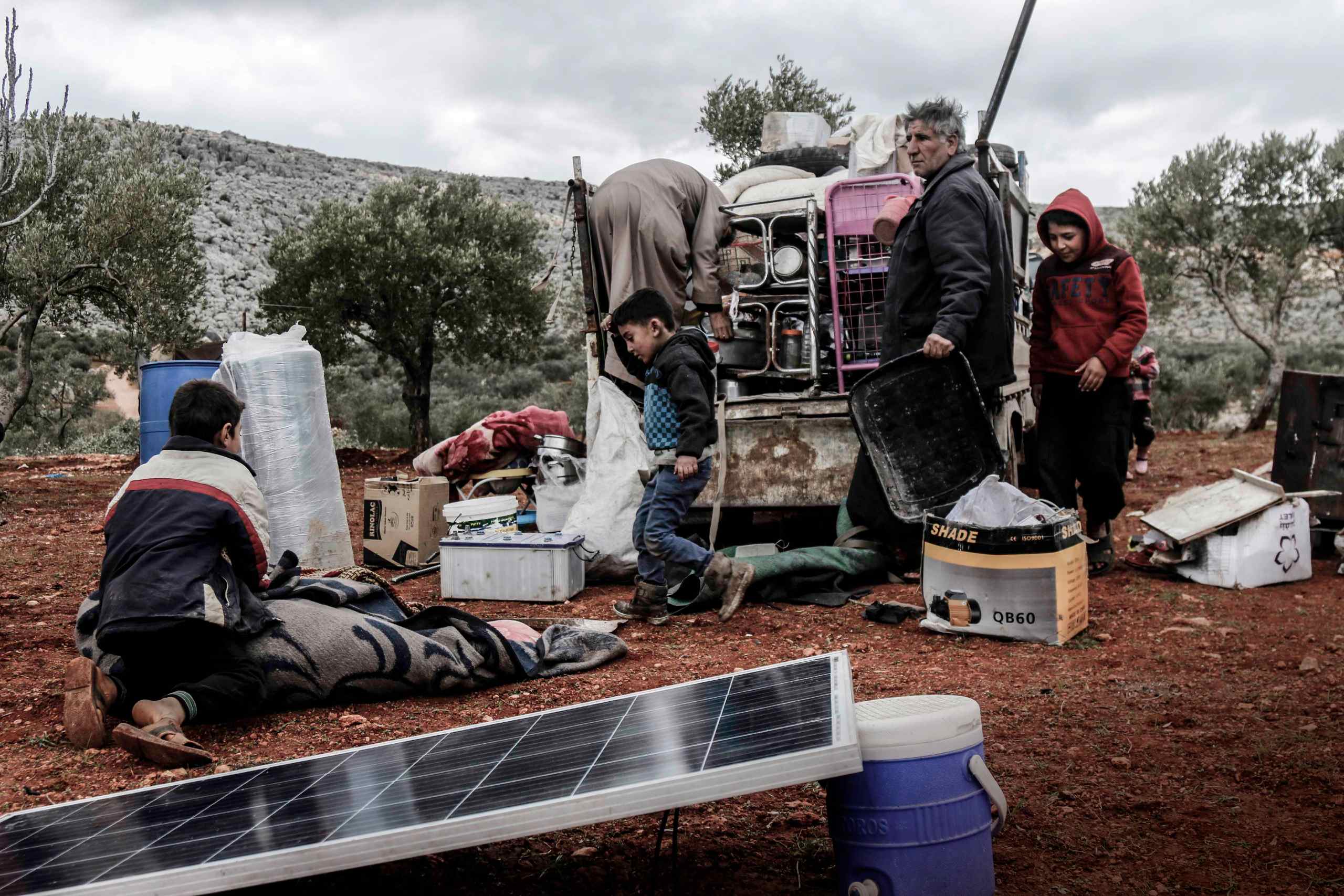
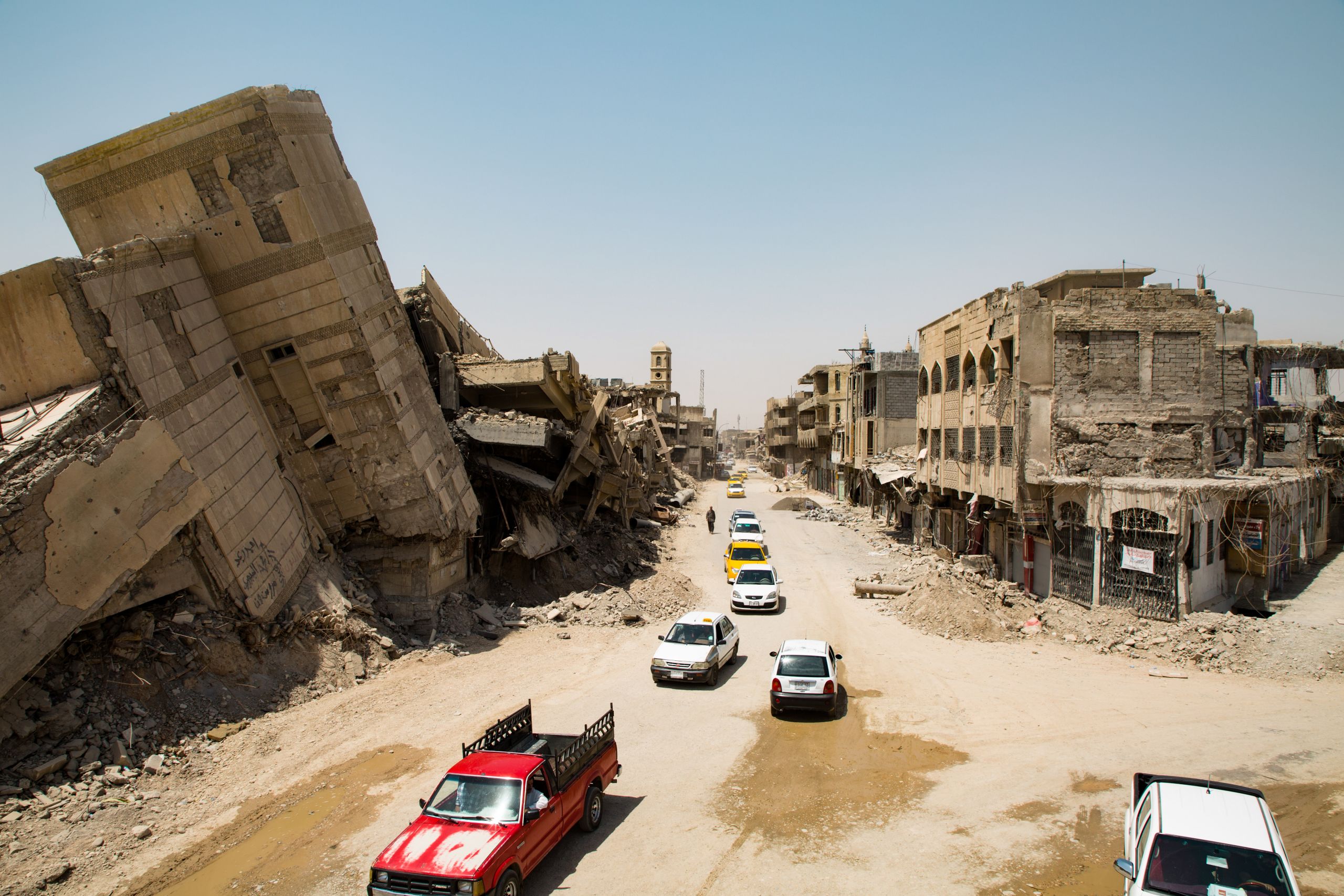
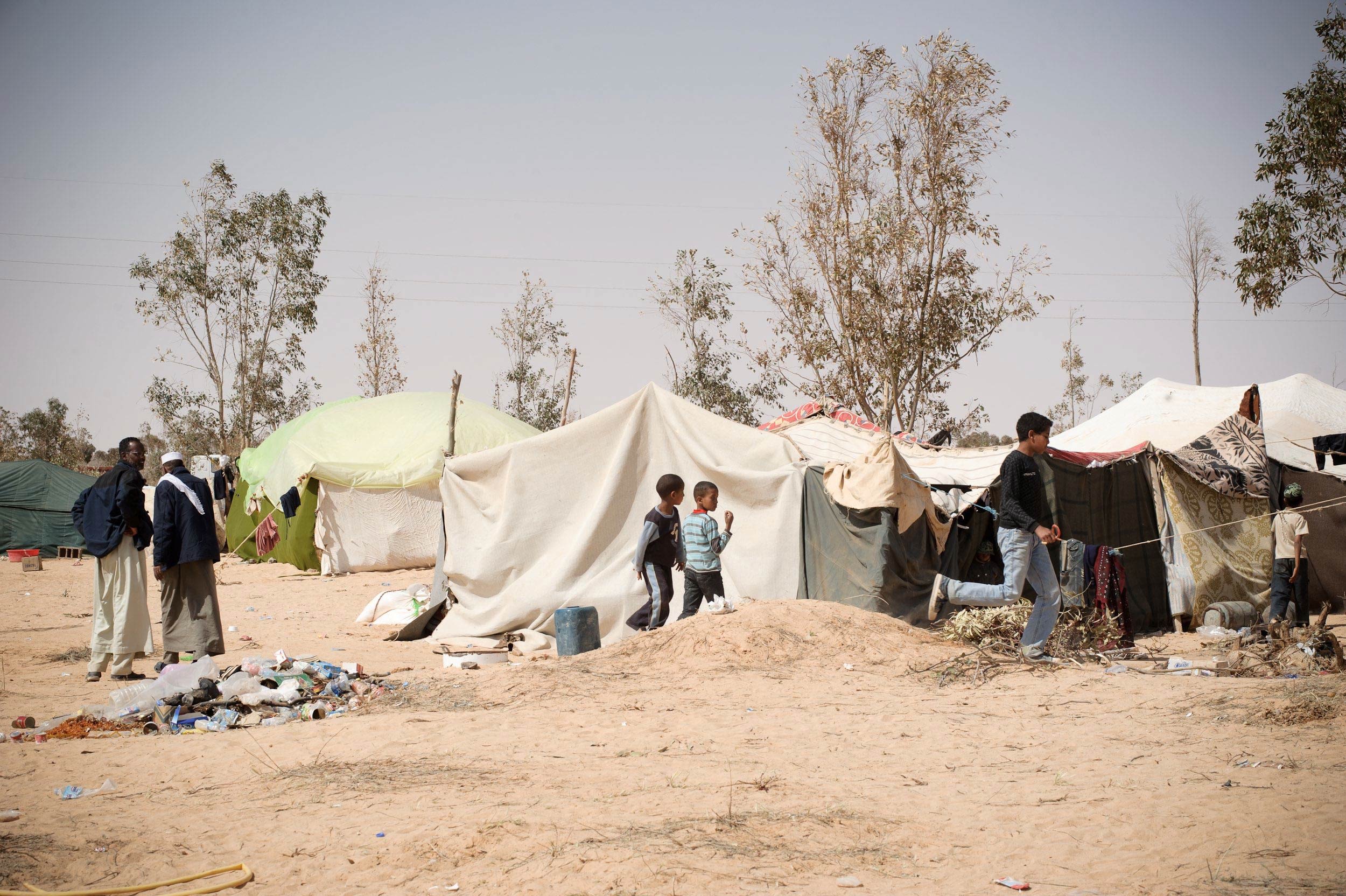
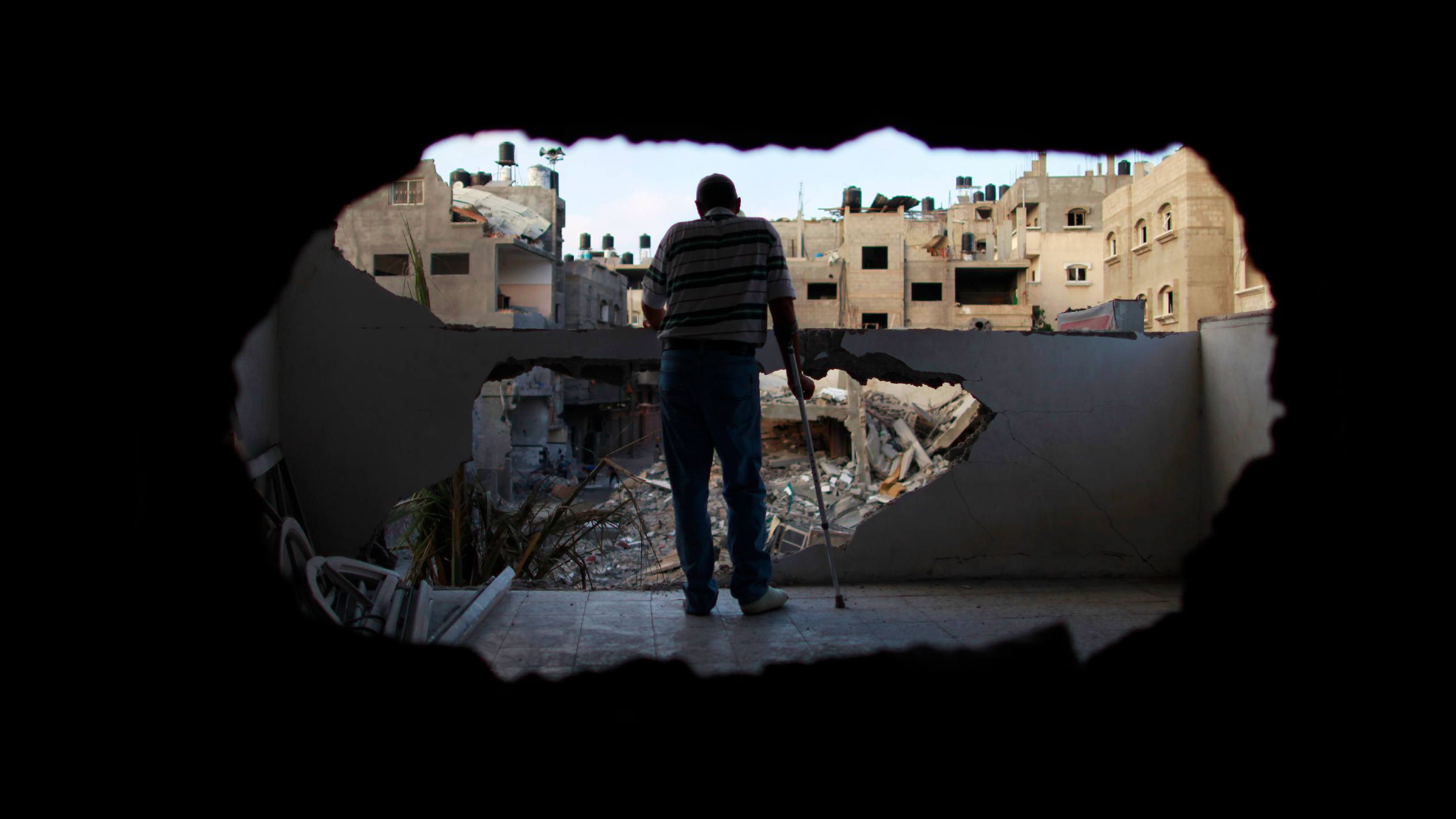
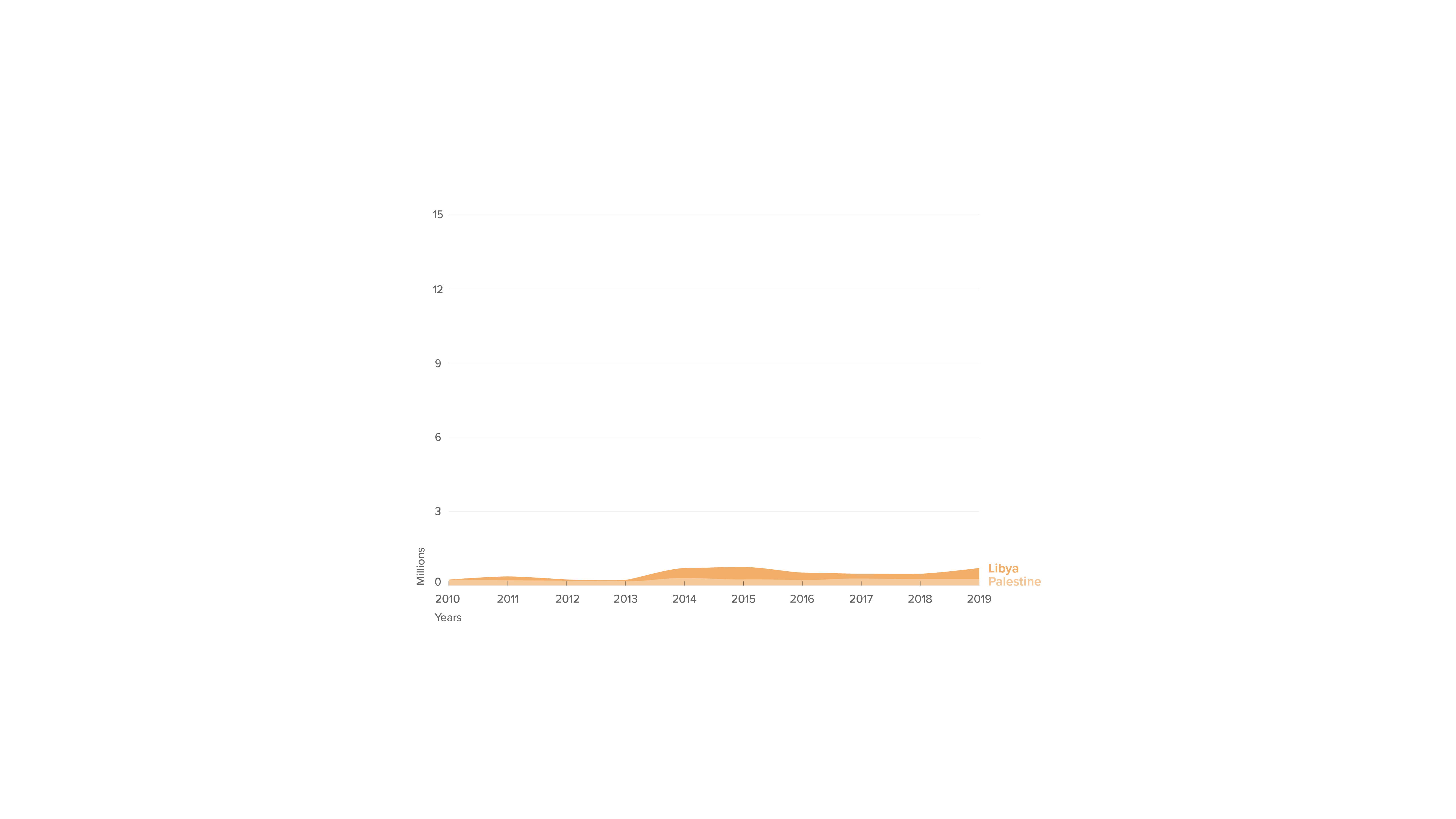
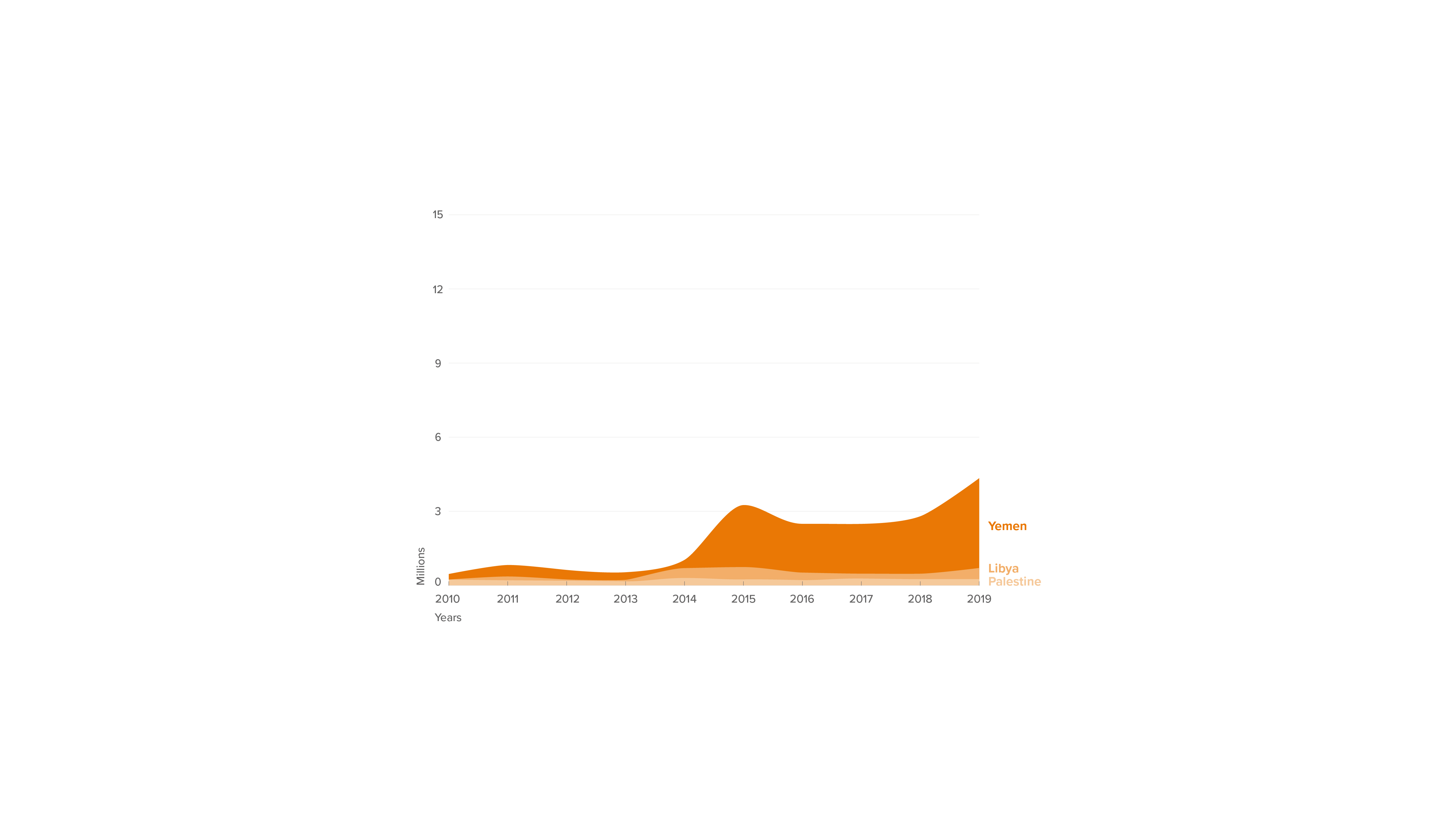
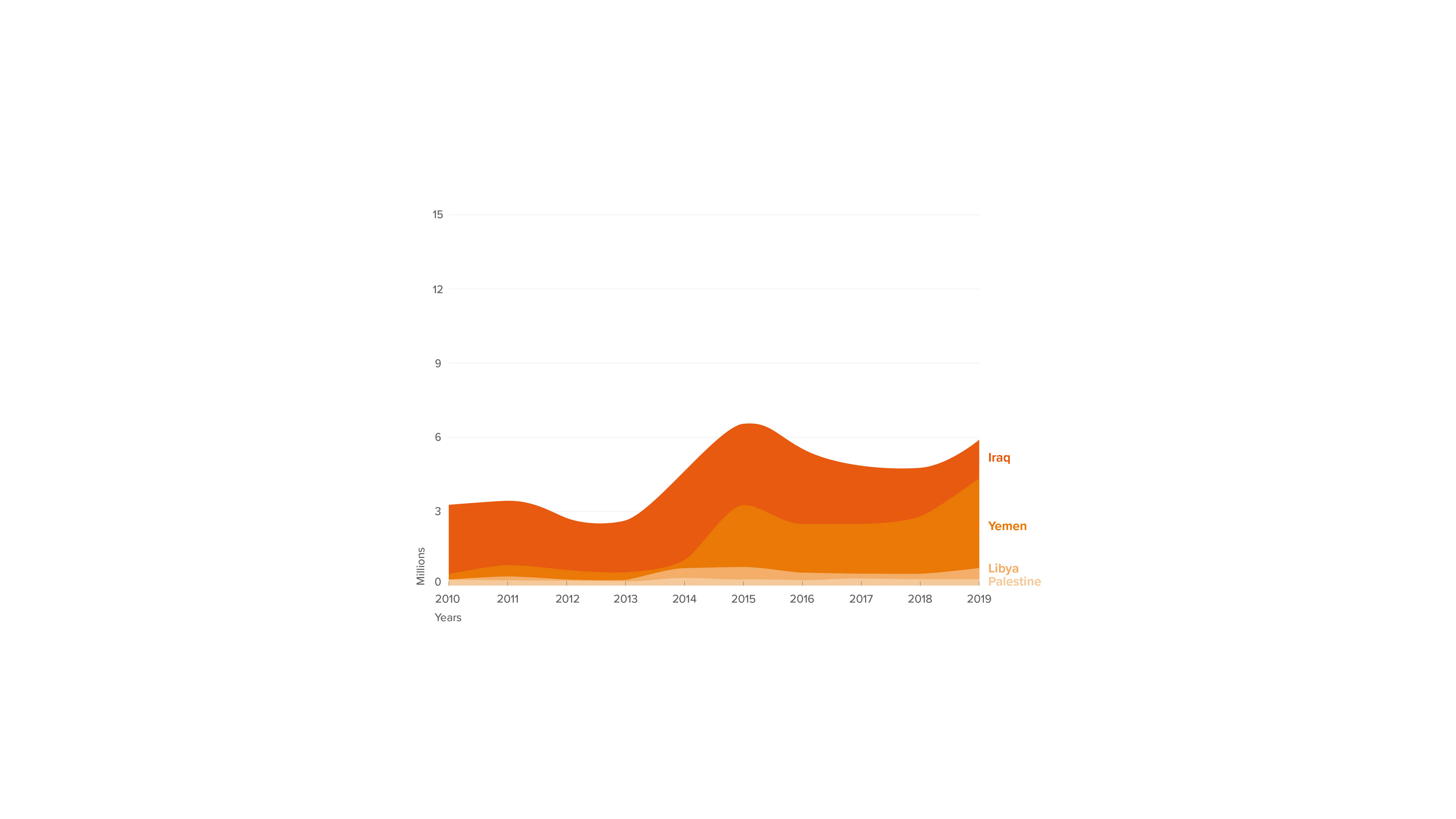
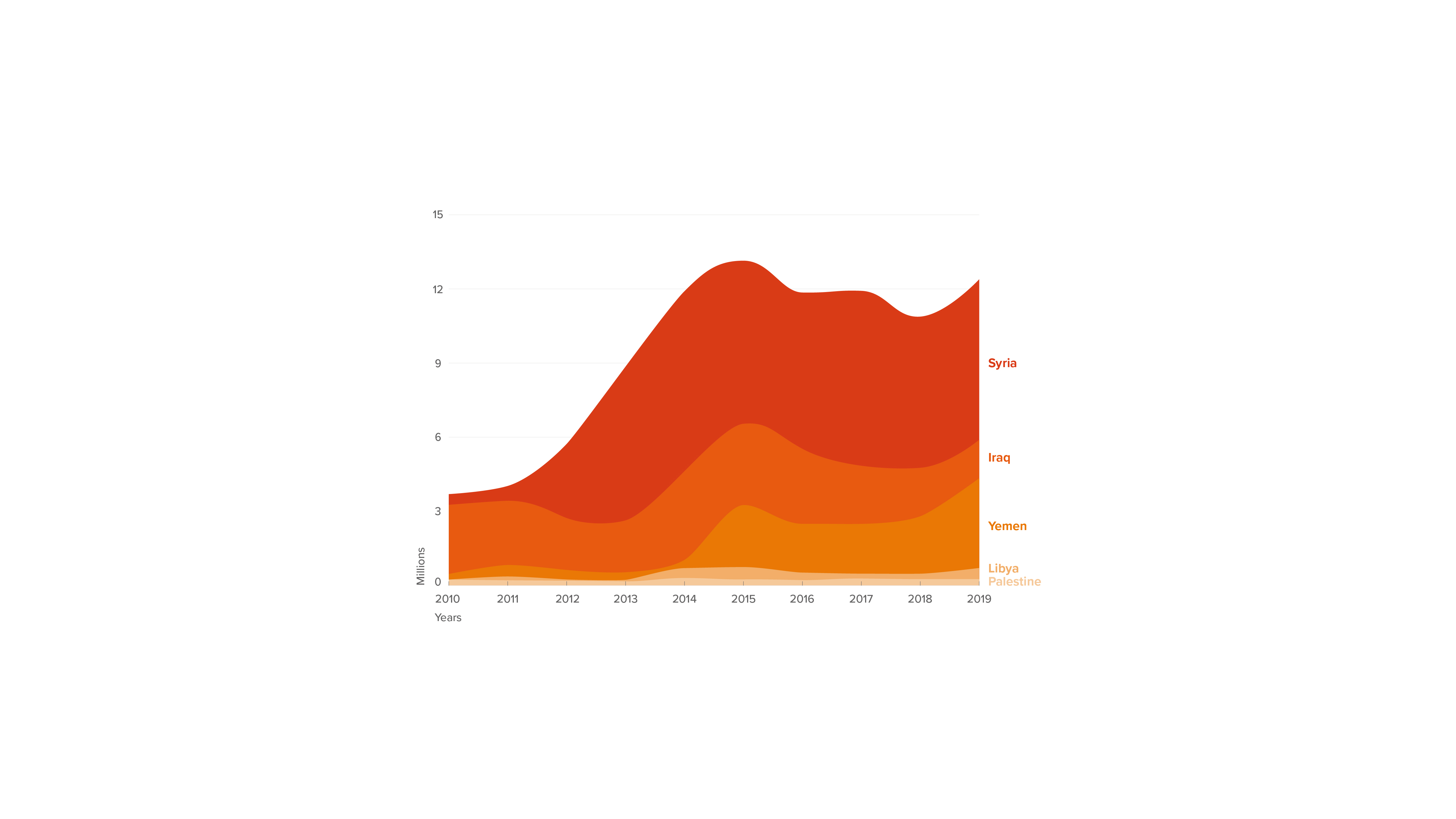
On average, 392,000 people could be displaced by riverine floods in any given year across the MENA region.
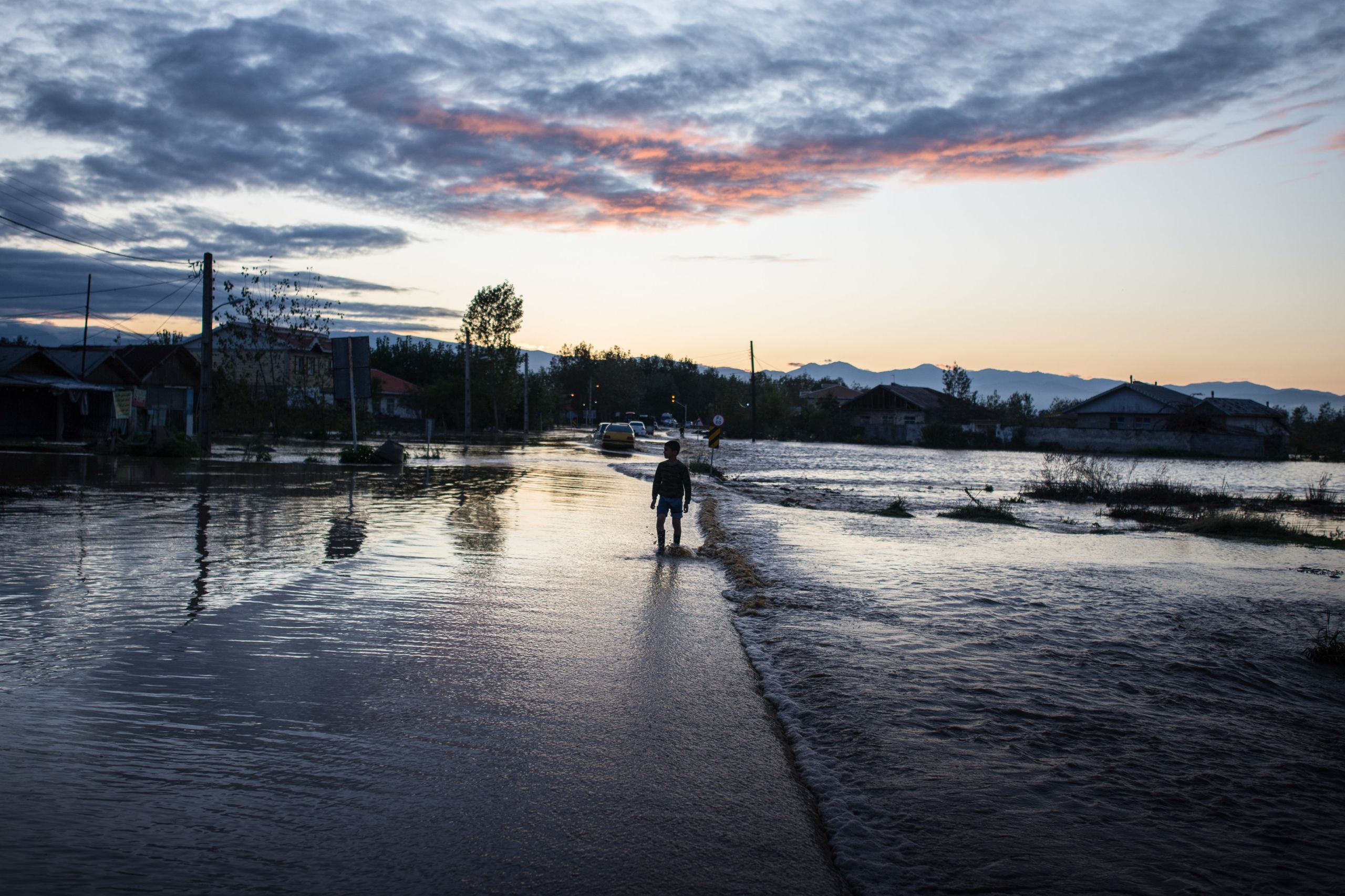
Displaced by disasters
The MENA region is highly vulnerable to weather-related disasters and the effects of climate change. The region is mostly arid and subject to seasonal rainfall. When it rains, poor soil absorption capacity and lack of adequate drainage systems often cause riverine, flash and urban floods, some of which have been devastating.
Available data reveals that, over the last decade, there have been nearly 1.5 million new displacements due to disasters in the region. Floods are the natural hazard triggering most displacement at the regional level, with nearly 58% of the total for 2010 to 2019.
BBC News – Iran floods: Homes and people swept away
The floods that affected Iran in 2019 triggered more internal displacement than any other event at the regional level during that period. Half a million people were displaced and the floods have been described as the worst to hit the country in more than 15 years.
More than any other hazard, floods contribute to making displacement chronic, cyclical and protracted.
More than any other hazard, floods contribute to making displacement chronic, cyclical and protracted. From Syria and Iraq to Jordan and Lebanon, disasters have worsened the conditions of IDPs and refugees living in camps and informal urban areas.
While less frequent, earthquakes have also affected some countries in the region, triggering nearly 343,000 displacements. Storms have also affected the region and triggered displacement. Even though most of the MENA region is not prone to cyclones, countries including Yemen, Oman, Djibouti, and the UAE have been hit by tropical cyclones in recent years. Other storms, including snowstorms, have triggered displacement in countries like Iran, Lebanon and Palestine.
In terms of slow-onset hazards, while Iraq is the only country where data on drought displacement is available, the evidence is illustrative of the challenges many countries could face. Desertification, salinization and sea level rise are other slow-onset hazards that will continue to affect the region, and climate change could aggravate their impacts.
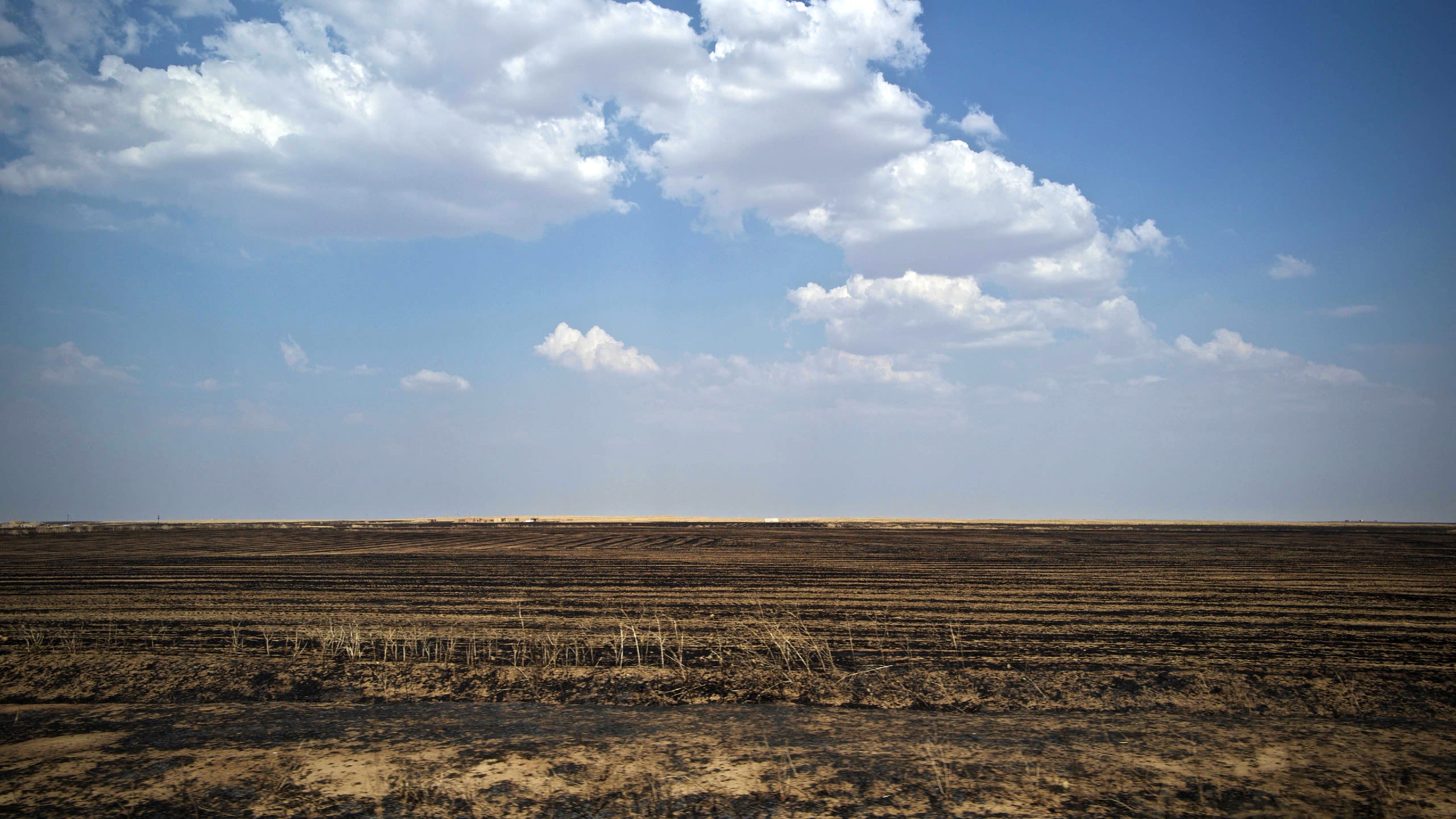


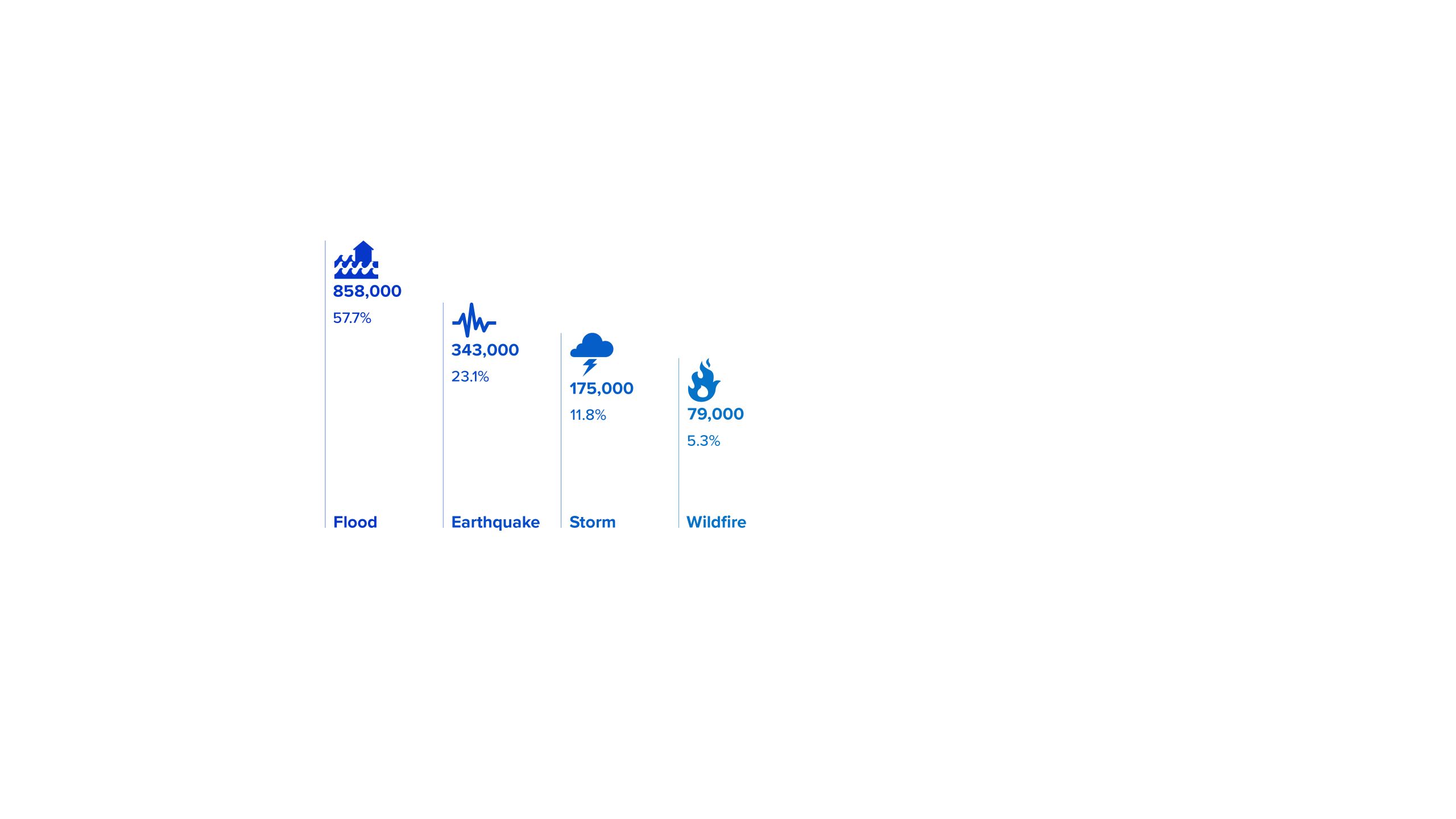
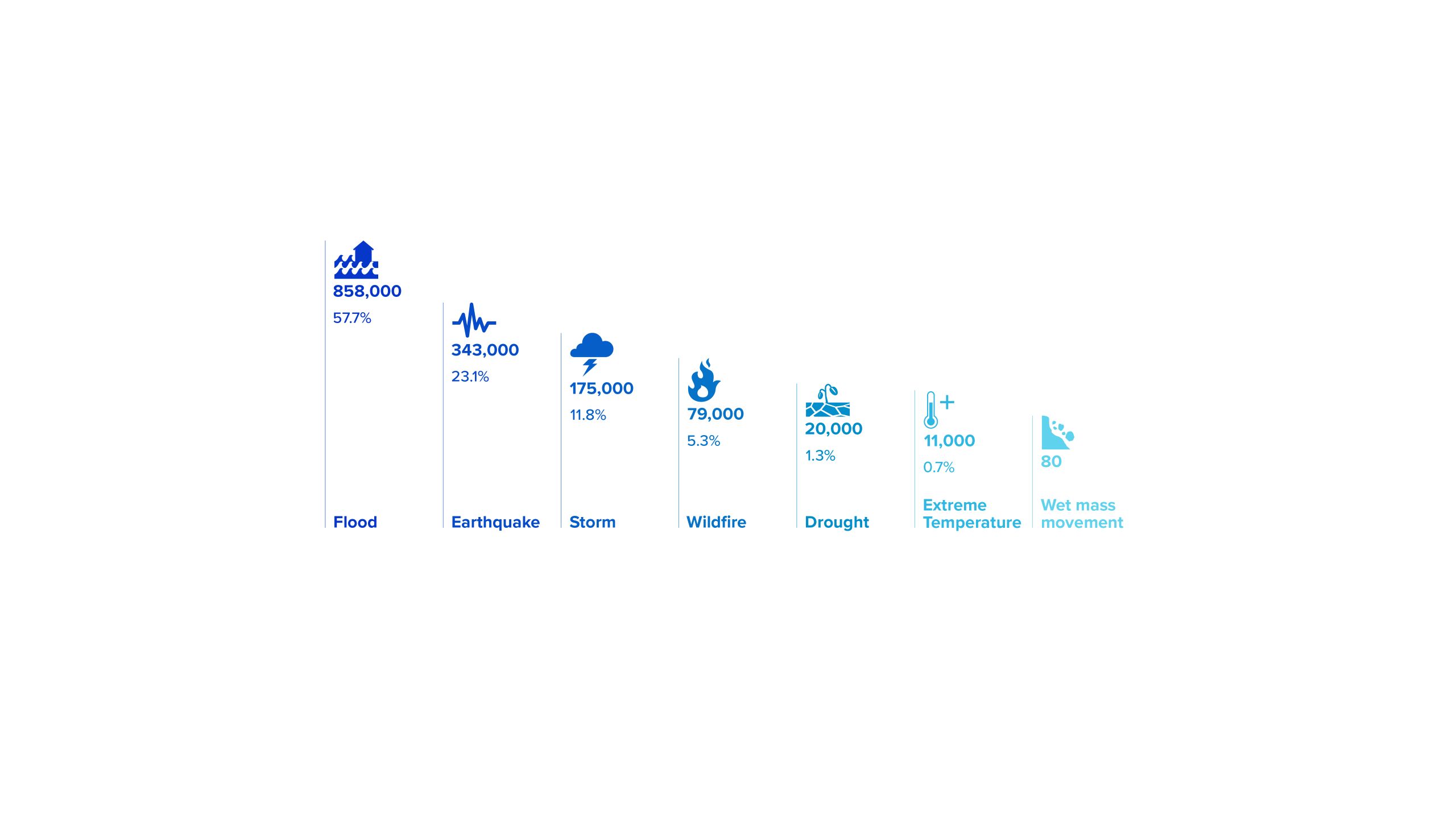
The direct economic cost of displacement in the MENA region is estimated to be USD 8 billion.
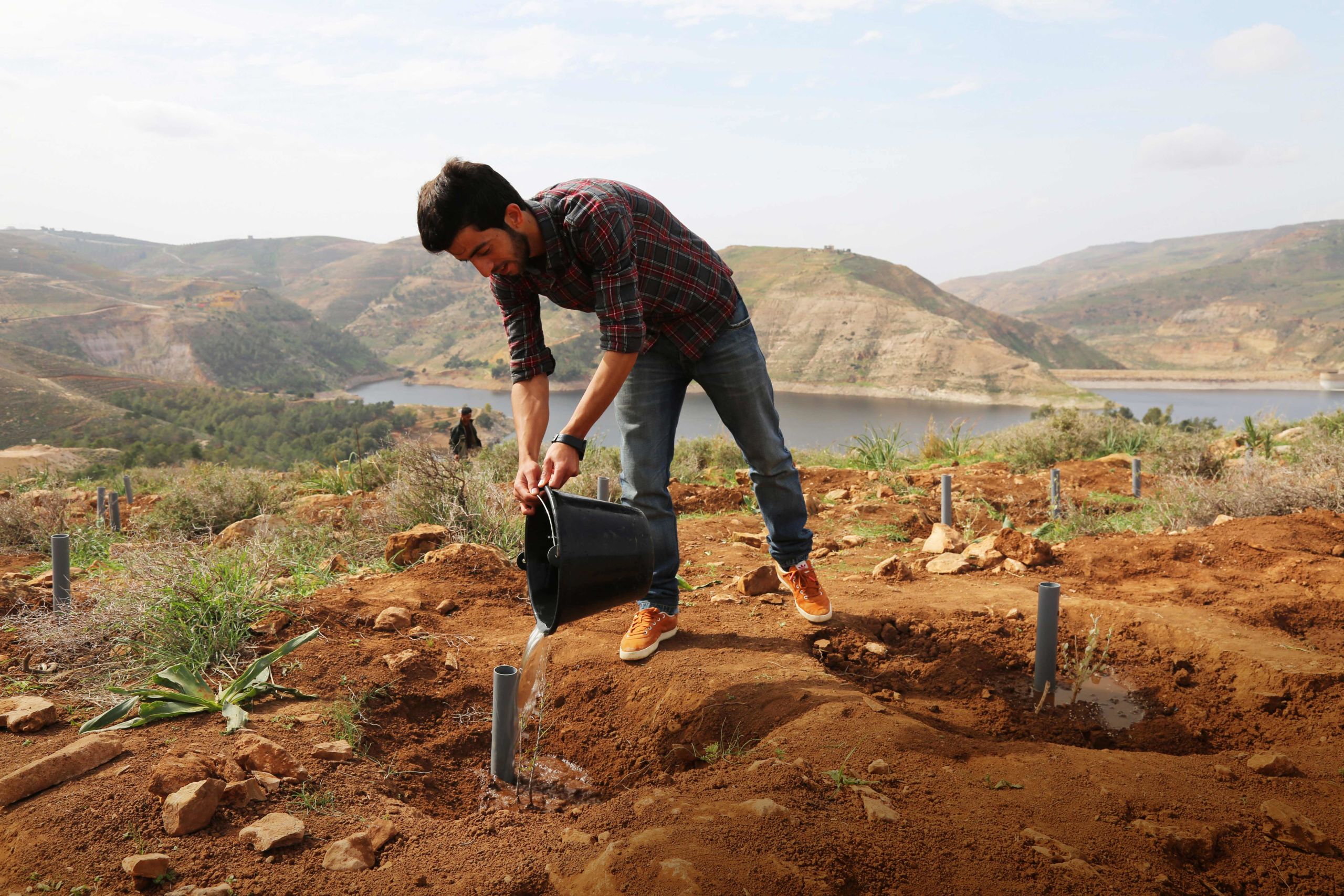
The cost of displacement
Whether it is triggered by conflict, violence or disasters, internal displacement has important economic and social consequences for IDPs, their host communities and countries as a whole. It has a destabilising effect on the housing conditions, livelihoods, health, education, and security of those forced to flee their homes, often with significant financial repercussions that limit their ability to contribute to the economy.
The economic impacts of displacement in MENA are among the most burdensome in the world.
The economic impacts of displacement in MENA are among the most burdensome in the world. IDMC estimates that the average cost per person for a year of displacement is USD 623, nearly double the global average of USD 390. This equates to an overall economic cost of nearly USD 8 billion – 40% of our global cost estimate. This represents a huge additional burden for governments already struggling to provide basic services and maintain stability.
Yet these estimates only consider the costs of covering IDPs’ immediate needs and losses. They do not account for the longer-term economic consequences of displacement. The disruption of children’s education, for example, may limit their future employment prospects and reduce their potential income.
At the end of 2019, more than five million children under the age of 18 were living in internal displacement in the region.
At the end of 2019, more than five million children under the age of 18 were living in internal displacement in the region, about half of them of primary or early secondary school age. Their education is being affected by numerous barriers including the inability to access schools in host areas or to pay for fees, uniforms or supplies.
In Yemen, years of conflict have prevented displaced children from accessing quality education and added to pre-existing challenges and inequalities in the educational system. This already dire situation was further exacerbated by the pandemic. In December 2019, a new survey by IDMC showed that 72% of IDPs reported that Covid-19 had interrupted their children’s education, compared with 59% of non-displaced people. Half of the IDPs said their children had been out of school for more than six months and many said they did not know whether they would ever go back to school.
The longer term impacts of internal displacement on the education, livelihoods, physical and mental health of affected people remain mostly hidden for now but are likely to represent a significant challenge for the future socioeconomic development of the region.
Ali, aged 70, is an IDP who now lives in a shack in the desert outside Aden, Yemen. He earns roughly USD 1 per day selling plastic to a recycling business in town. (Giles Clarke for UN/OCHA)
Ali, aged 70, is an IDP who now lives in a shack in the desert outside Aden, Yemen. He earns roughly USD 1 per day selling plastic to a recycling business in town. (Giles Clarke for UN/OCHA)
A girl stands near a submerged field after flash floods hit Zarabad and Dashtiari regions in Iran on January 20, 2020. (Reza Adeli / Anadolu Agency via Getty Images)
A girl stands near a submerged field after flash floods hit Zarabad and Dashtiari regions in Iran on January 20, 2020. (Reza Adeli / Anadolu Agency via Getty Images)
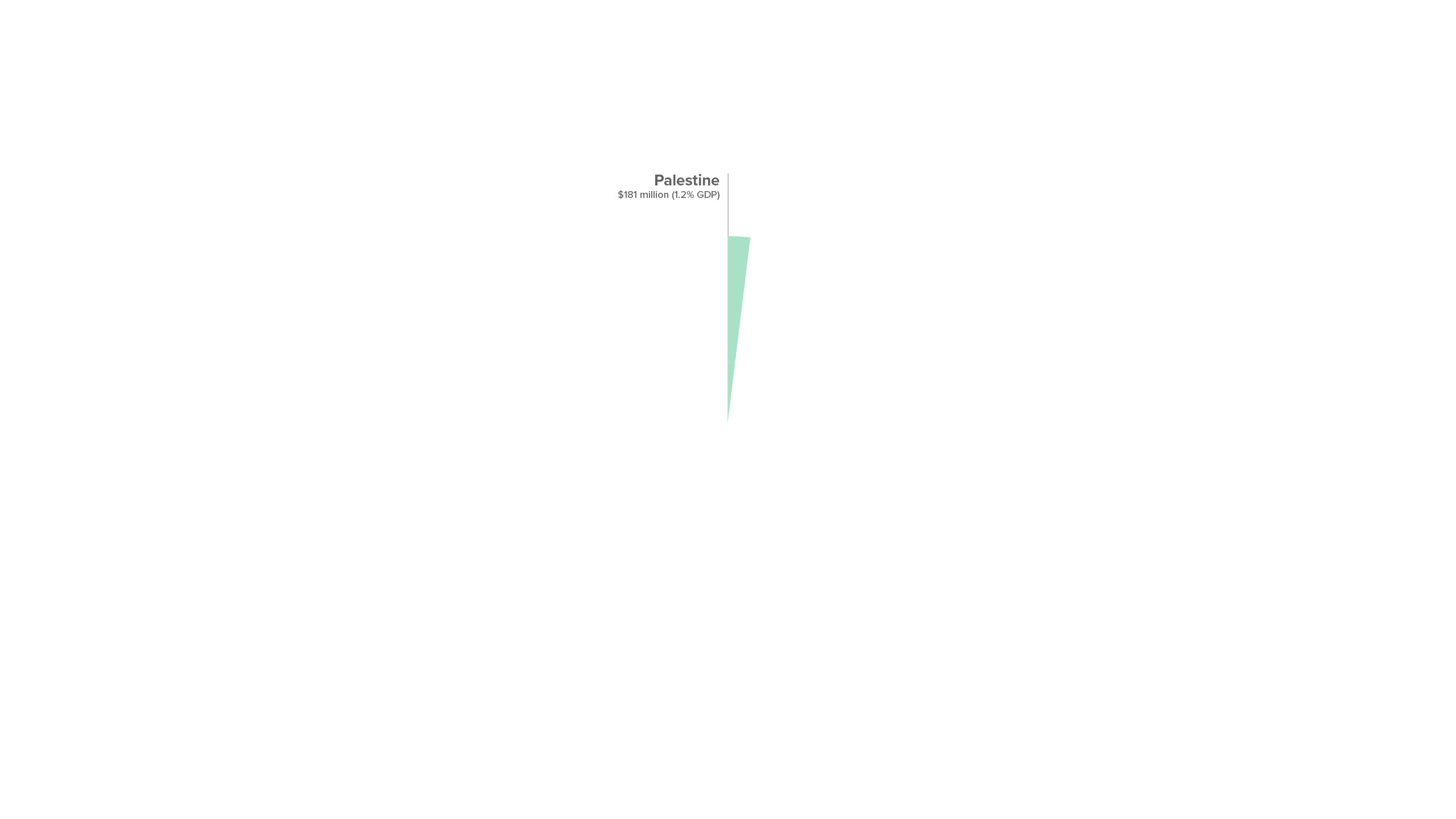
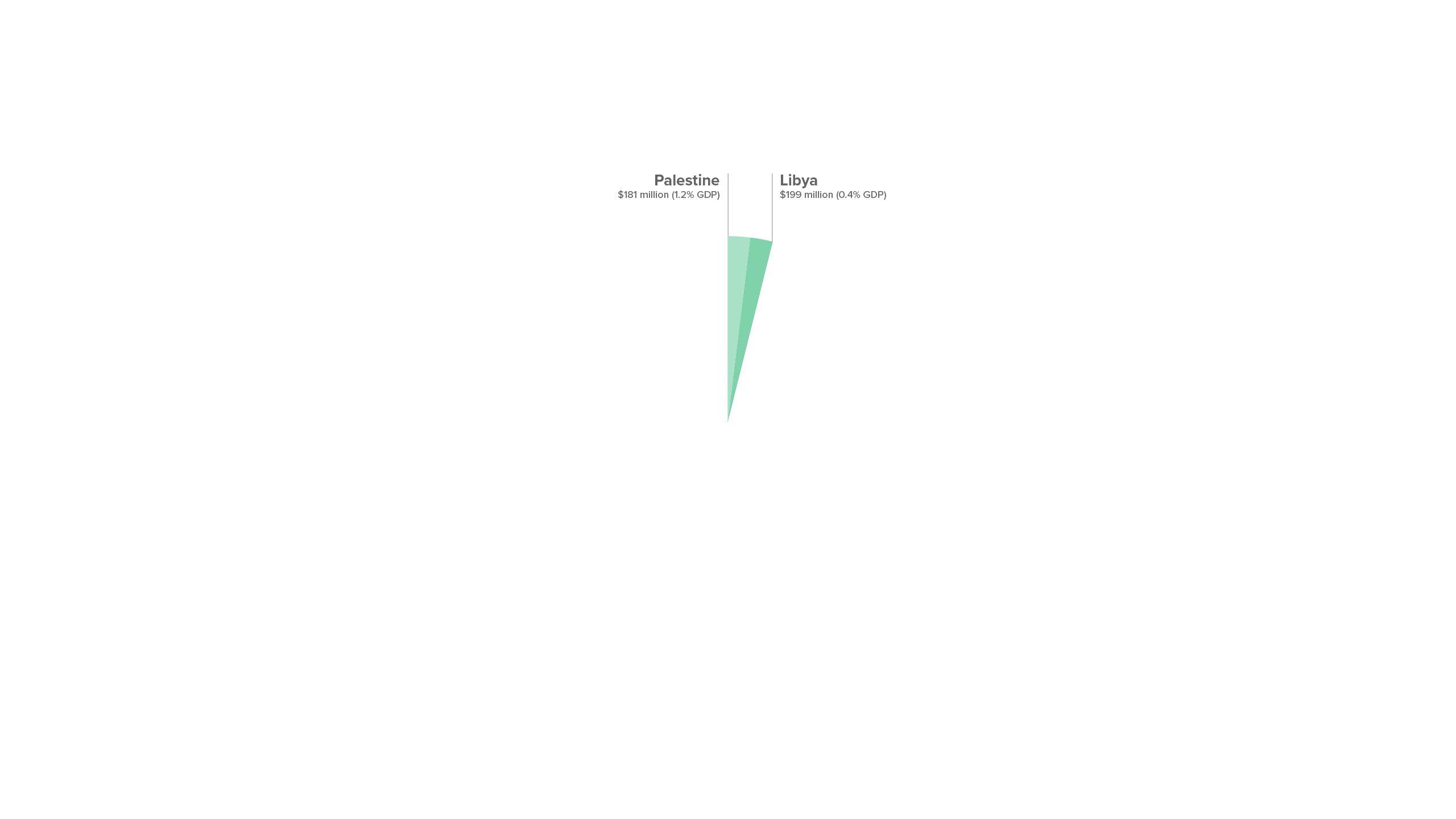
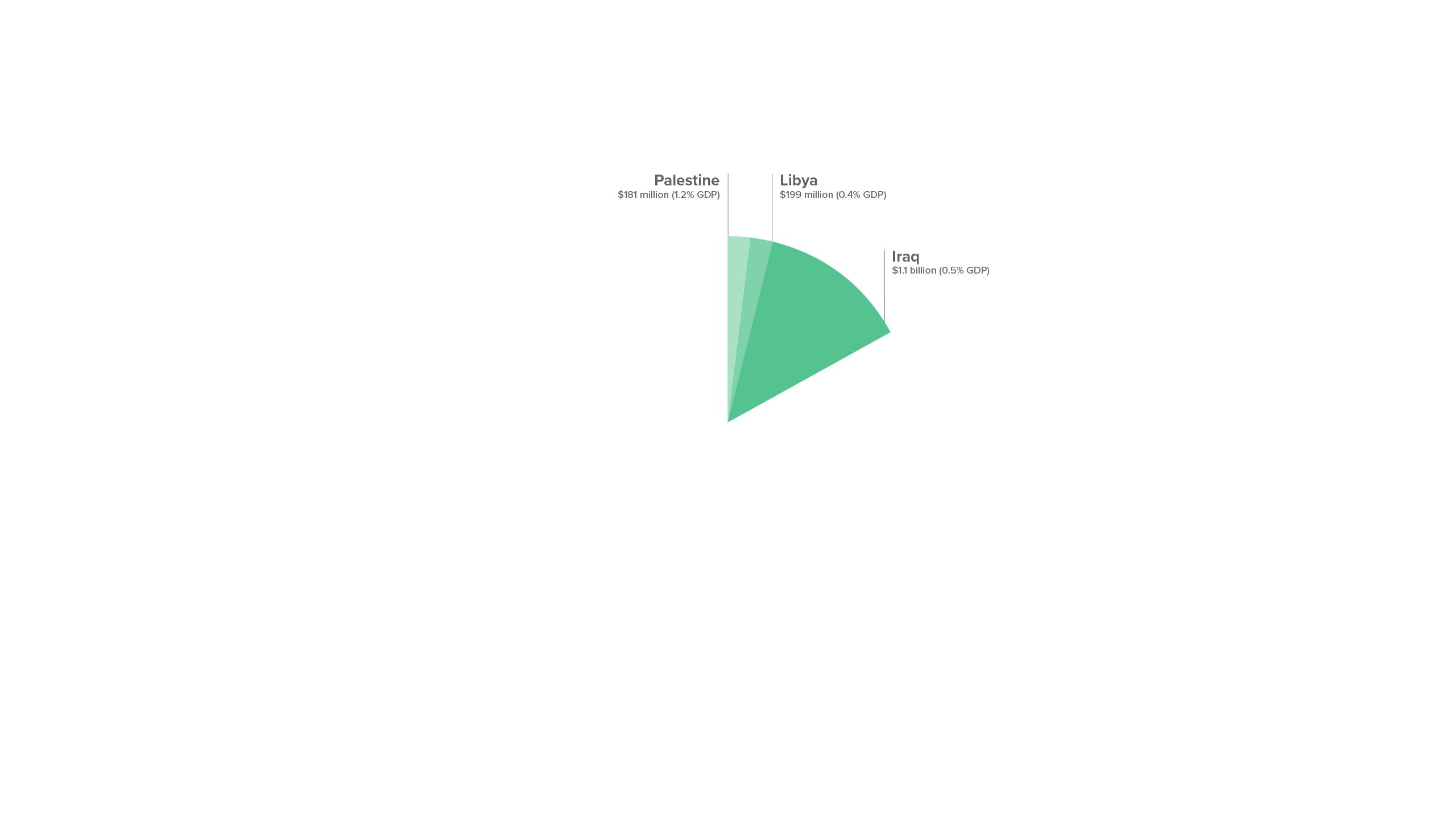
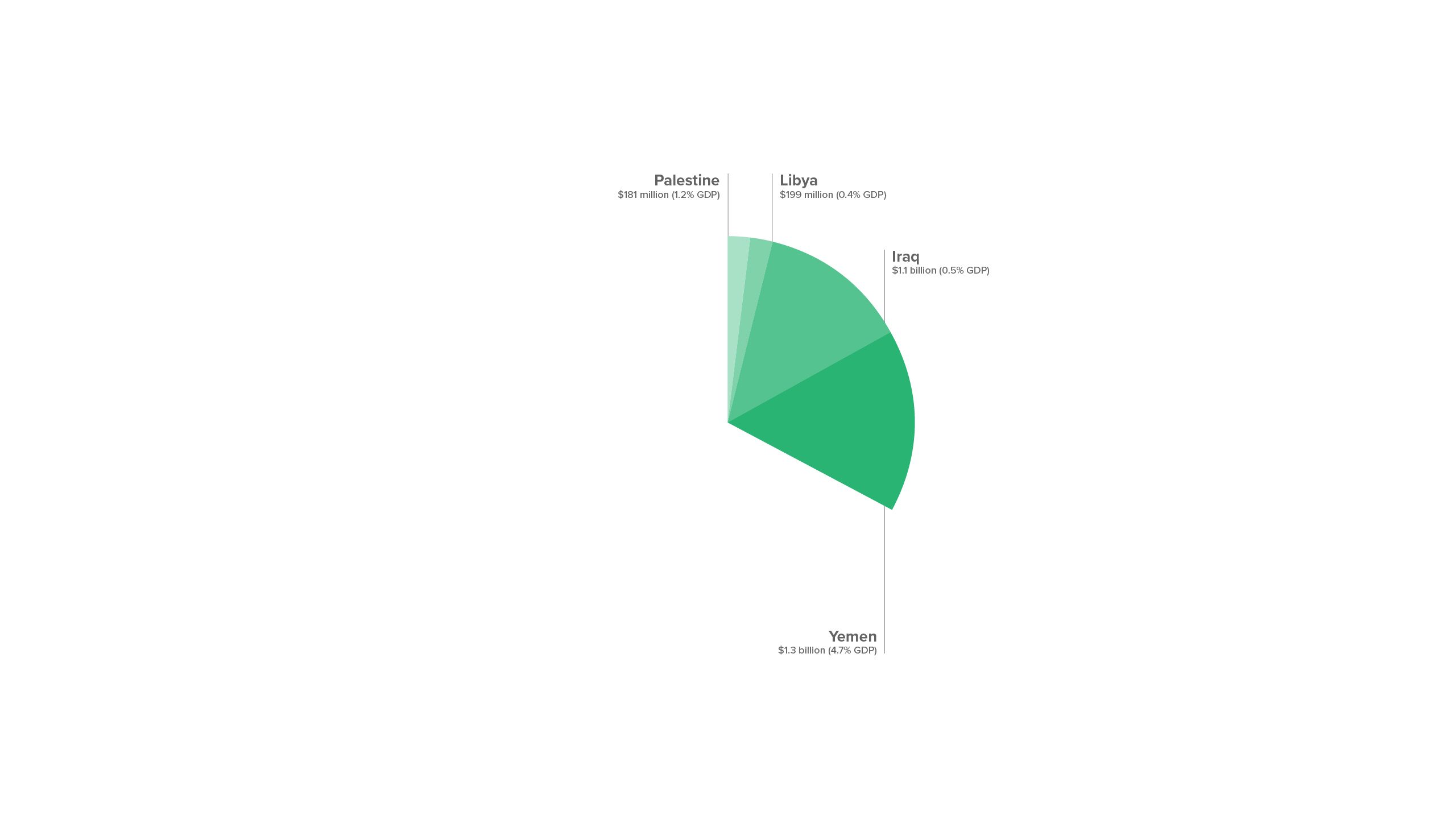
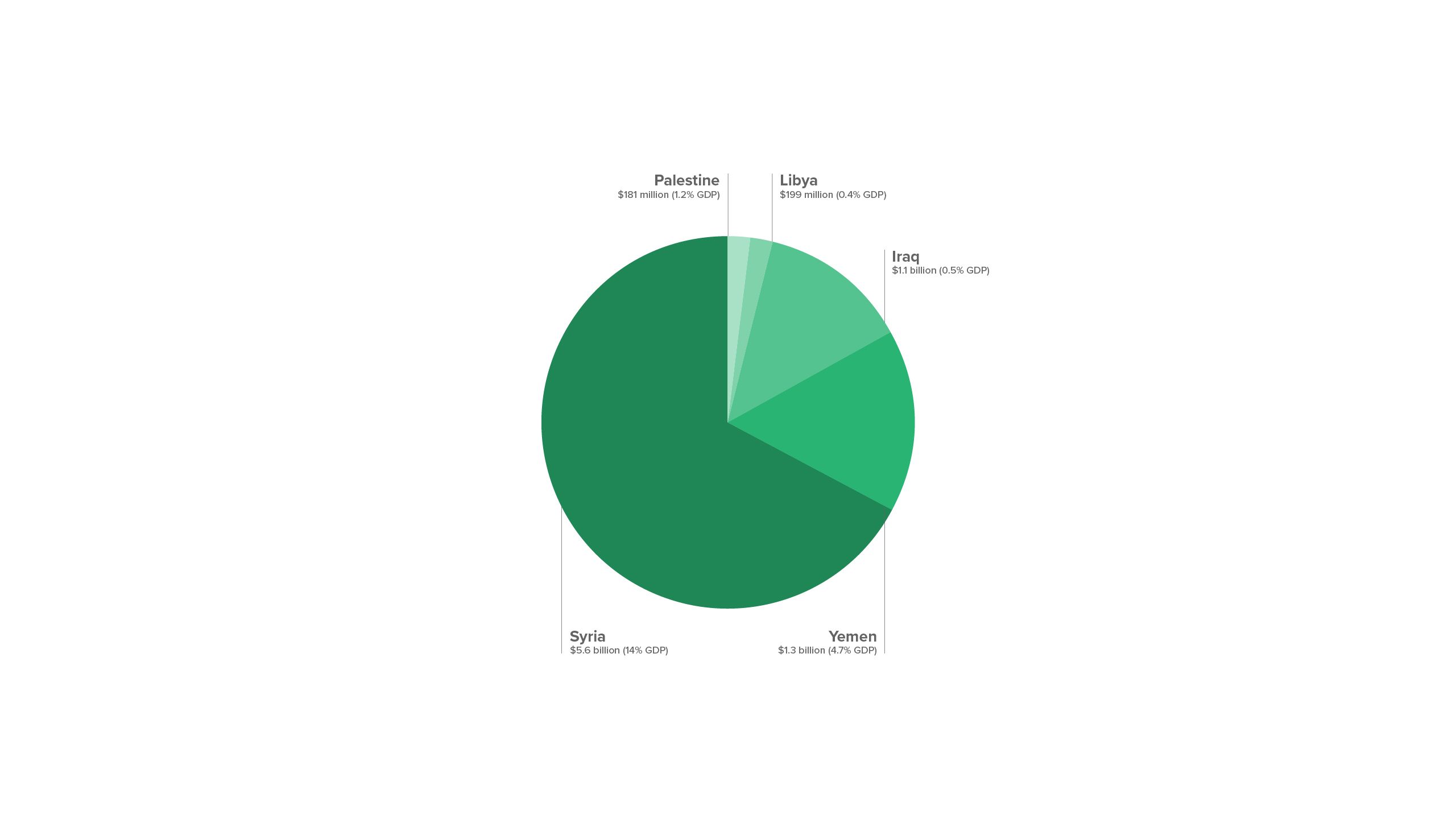
Video: A decade of displacement in 90 seconds.
Video: A decade of displacement in 90 seconds.
The road ahead
The Arab Spring opened a new chapter in MENA’s history. It prompted a wave of social unrest across the region, and in some countries, long-running armed conflict and unprecedented internal displacement. Most displacement recorded over the past decade was triggered by conflict and violence, but disasters also forced hundreds of thousands of people from their homes each year.
The drivers and impacts of conflict and disasters have become increasingly intertwined and contribute to making displacement chronic and protracted. In order to break this vicious cycle of instability and vulnerability, a renewed focus is needed on investing in peacebuilding, disaster risk reduction and sustainable development in a coherent manner.
Having reliable, timely and accurate data on the scale, duration, risk and impacts of internal displacement will be a key step. More evidence and a solid baseline on displacement will be vital in bolstering political commitment and driving action. Strengthened technical, human and financial capacity to monitor the phenomenon will also be essential to reducing displacement trends in the region.

Image credits
Where possible, all image credits accompany the images themselves. Other cases are mentioned below:
Title section
- Title image: A man riding his bicycle in Mosul Old City. (Alan Ayoubi/ NRC, 2019)
Conflict and violence section
- Image one: A Syrian family with their belongings in Idlib, Syria. (HFO project/OCHA, January 2020)
- Image two: People returning to the Old City of Mosul.(Tom Peyre-Costa/NRC, June 2018)
- Image three: In Libya, tents form make-shift camps lining the desert highway, 25km outside of Ajdabiya. (UNHCR/Phil Moore)
- Image four: Injured man standing in his destroyed house, Jabalya refugee camp, 29 July 2014. (Emad Badwan)
Disasters section
- Image one: Aleppo, June 2019. Fires caused damage to agricultural fields and crops across Syria during spring and summer of 2019, threatening food security and livelihoods. (OCHA/Halldorsson)
- Image two: Palm trees stand in flood water after heavy rainfall in Khuzestan province, Susangerd, Iran. The floods in 2019 triggered more internal displacement than any other event at the regional level during the last decade. (Ali Mohammadi/Bloomberg, April 2019)
Digital content credits
- Content design by Steven Kelly (IDMC), based on the 2021 MENA report.
- Original animated infographics by Vivcie Bendo (IDMC).

